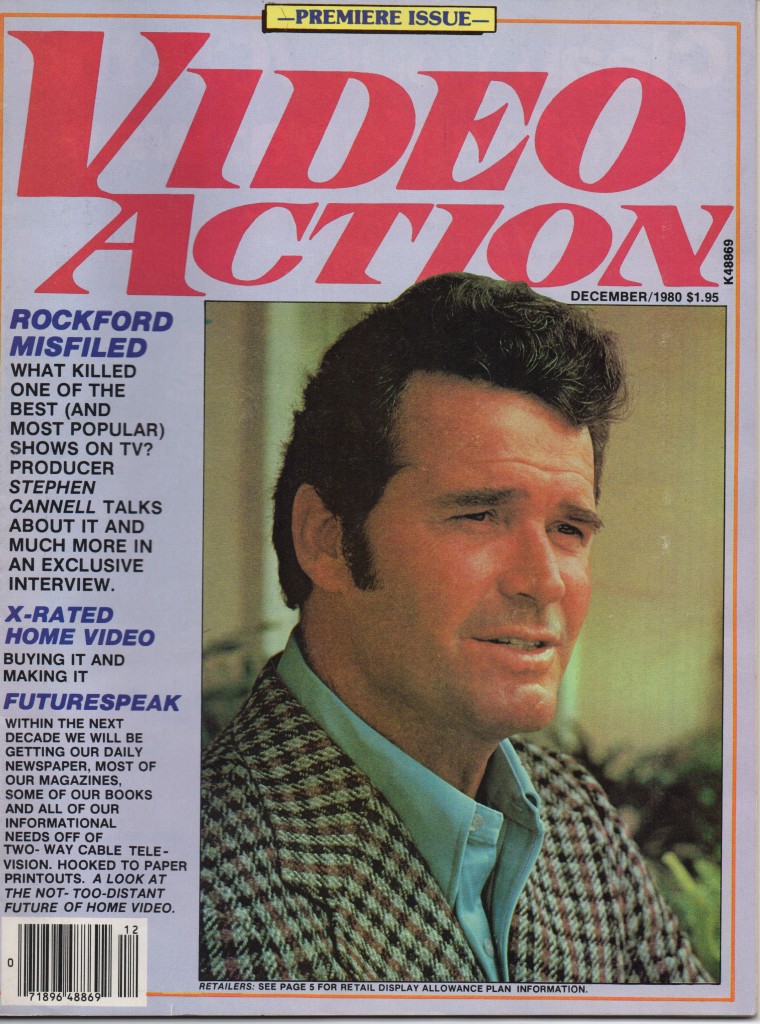 From (cover dates) December 1980 to July 1981, I was associate editor and staff writer on Video Action Magazine. VA was, to my recall, one of the earliest home video magazines on the stands. It was published out of Chicago, where I was residing at the time, by Irv Karchmar, one of those interestingly shady characters who lurk on the fringes of publishing; I have vague memories that he had his fingers (if you’ll pardon the expression) in porn publishing, and vivid memories of money for operating expenses and paychecks often being in very short supply.
From (cover dates) December 1980 to July 1981, I was associate editor and staff writer on Video Action Magazine. VA was, to my recall, one of the earliest home video magazines on the stands. It was published out of Chicago, where I was residing at the time, by Irv Karchmar, one of those interestingly shady characters who lurk on the fringes of publishing; I have vague memories that he had his fingers (if you’ll pardon the expression) in porn publishing, and vivid memories of money for operating expenses and paychecks often being in very short supply.
After a series of bounced paychecks and broken promises, another editor and I showed up at the office one summer day in 1981 in black suits, sunglasses, and ties, carrying toy Tommy guns, and planted ourselves in the outer office like pissed off Blues Brothers, vowing to stay there until he made good on what we were owed. Irv was expecting some potential investors that morning and was so panicked at the thought of them walking in to find these two assholes in his lobby that he managed to find a checkbook with something in and pay us what we were owed. We were at the bank within minutes to cash them.
By the way, while we left the toy Tommys at the office to race to the bank, we had earlier been openly carrying them on the El and walking through the streets of midtown Chicago. Now on the one hand, this was 1981, long before paranoia had overcome commonsense on the subject of terrorism…but on the other hand, this was 1981, long before toy guns were required to be painted bright colors or have their muzzles topped by day-glow red caps, and on yet another other hand, it was only months after the failed assassination attempt on President Ronald Regan. Who was in in Chicago that day, doing whatever it was he did not so very far from our offices on Elm Street. Which meant the area was crawling with Secret Service agents, including on the rooftops across the way from us. There but for the grace of our stashing the toys under our jackets and making guilty haste for the office building went us, a potential humorous anecdote on the 5:00 news (Central Time): Assholes Razzing Sleazy Boss Shot Dead on Chicago Street by Secret Service.
The organization may have been sketchy but the magazine was pretty good. We had a couple of talented art directions (Mike Krueger and Mike Stein, also co-publishers), and a tiny staff consisting of the editor, me, and associate editor the late William J. Martin, who wrote under the byline of T.B.–“The Bill” Martin), and, eventually, a receptionist/typesetter, Christine Miller, and a talented pool of writers and artists to call on for content, including Richard Burton (our U.K. correspondent), Steve Mitchell (NY correspondent), Martin Pasko (LA correspondent), Marv Wolfman, Martha Thomases, Jack C. Harris, Rick Oliver, Marilyn Ferdinand, Max Collins, Marv Wolfman, Ann DeLarye, and others.
VCRs were only just making inroads into the consumer market, but machines were expensive (around a thousand bucks, give or take a few hundred), and the dust was just starting to settle on the VHS/Beta wars even as video disks and other formats started poking their heads from the primordial sludge. Pre-recorded content was also expensive; the VHS of a new movie started in the $69.00 range and could go upwards of $130. Most of the available pre-recorded tapes were, of course, porn; a large chunk of our ad space was taken by the porn industry, who seem to be early adapters of any technology that enhances the delivery of their product.
Looking back, I think we did a credible job covering the video field. We did pieces on every aspect of the business, from hardware and software to technology to entertainment to personality pieces. We looked at the developing technology–on a visit home to NYC I had arranged a private journalist’s viewing of RCA’s hope for their bite of the home video market, the laserdisc, a phonograph-style format; I was a 25 year old comic book writer being treated like a serious journalist by this middle-aged RCA executive high up in 30 Rock and being allowed to play with an expensive prototype. It was cool!–we ran reviews of new product, including video games, speculative and perspective pieces, interviews with the likes of TV writer/producer Stephen J. Cannell and sportscaster Brent Musburger, and straight-up consumer pieces (price comparisons, repair costs and scams…I did an article comparing set-top and rooftop television antennas (ask your parents…or grandparents…if you don’t know what those are or why we needed them). Hell, we once ran a piece by a guy who attempted to work out the mathematics of using the VCR’s tape counter to figure out how much time has elapsed on the tape. Even at this late date, I’m still not sure (a) why he bothered, and (b) why we ran it, except that we were often in need of content. Oh, and spoiler: His counter thing didn’t work.
I wrote a lot for Video Action. In addition to bylined articles and reviews, I also wrote a good share of the front of the book material, particularly the “Newsline” section. Newsline featured short pieces about anything and everything home video. We’d save newspaper clippings, press releases, magazine articles, and anything else we deemed newsworthy, and for every issue I’d assemble this mess and rewrite them for our purposes. Which was to sound as much like Esquire’s “Dubious Achievement Awards” as possible, complete with witty little headlines. “Newsline” could consume as many as ten pages spread across an issue…which translated into a lot of words.
My first “feature” was in the first issue, a longish review of Atari’s “Superman Video Computer System Game Program / One Player).” Then, as now, I couldn’t give a crap about video games. Aside from some Pong in the Student Union at Brooklyn College (and only because someone had figured out that if you rubbed your feet on the carpet and touched a quarter to the faceplate of the coin slot you could play for free; it lasted only until the game distributor finally tweaked to it when he saw that there was always a line for the machine but the coin box was always empty) and some 3 A.M. Space Invaders at the 7-11 around the corner from my apartment in Chicago where I’d go for coffee when I used to work all night, I didn’t play them. For several years, I was in charge of vetting videogames for DC’s Licensed Publishing group; excited developers would bring in their beta cartridges to run through for me, then offer me the joystick to take a ride. I would smile politely and say, “no thanks.” They were always surprised. But as long as the visuals and the script were on model and made some modicum of sense (and I rewrote more than one game scenario), I didn’t care. But, I dislike spiders even more than I do videogames and I once did a book on those, so…
Anyway, the visuals were primitive, the scenario virtually non-existent, and it was only one player. But it was state of the art and it was Superman, and I had pages to fill…and you’ll note that our able A.D. was able to stretch what should have been two pages across four. And he did it all with paste-up boards, long ribbons of set type and photographs, and rubber cement, you young whippersnappers!
Video Action lasted a mere seven issues. We seemed to start strong, but as the months passed, the sketchiness factor increased while the cash flow decreased. Thirty-five years later, I don’t recall if the end came gradually over the course of several weeks (“Grandma’s out on the roof…!”) or we showed up one morning and received the news, but I can’t say any of us didn’t see it coming…
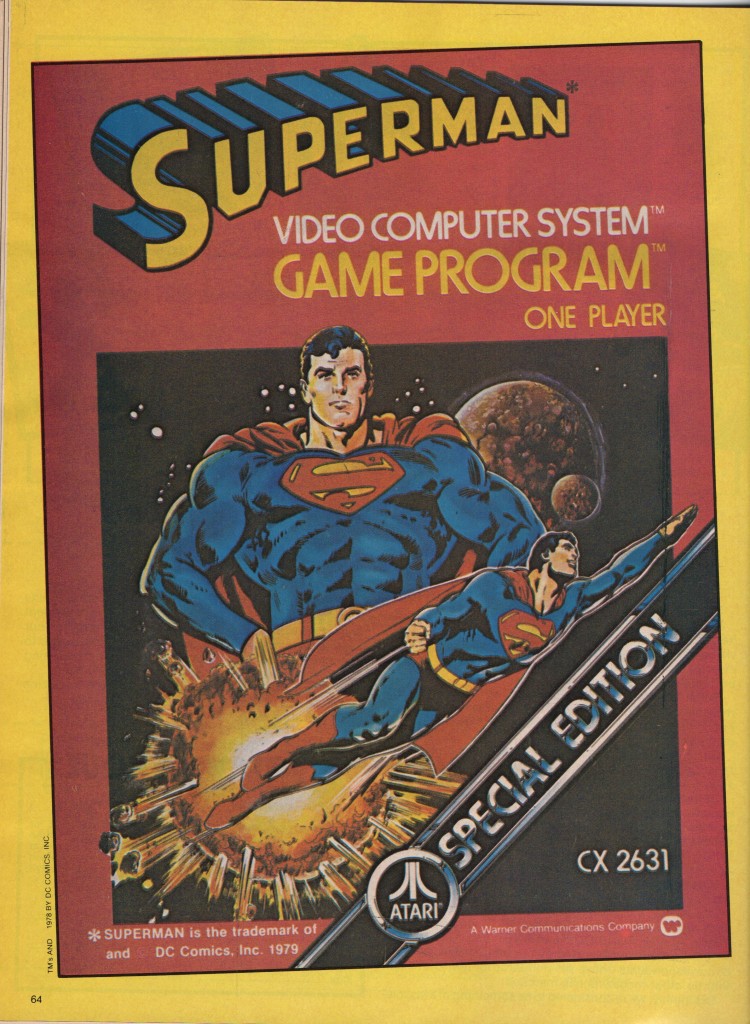
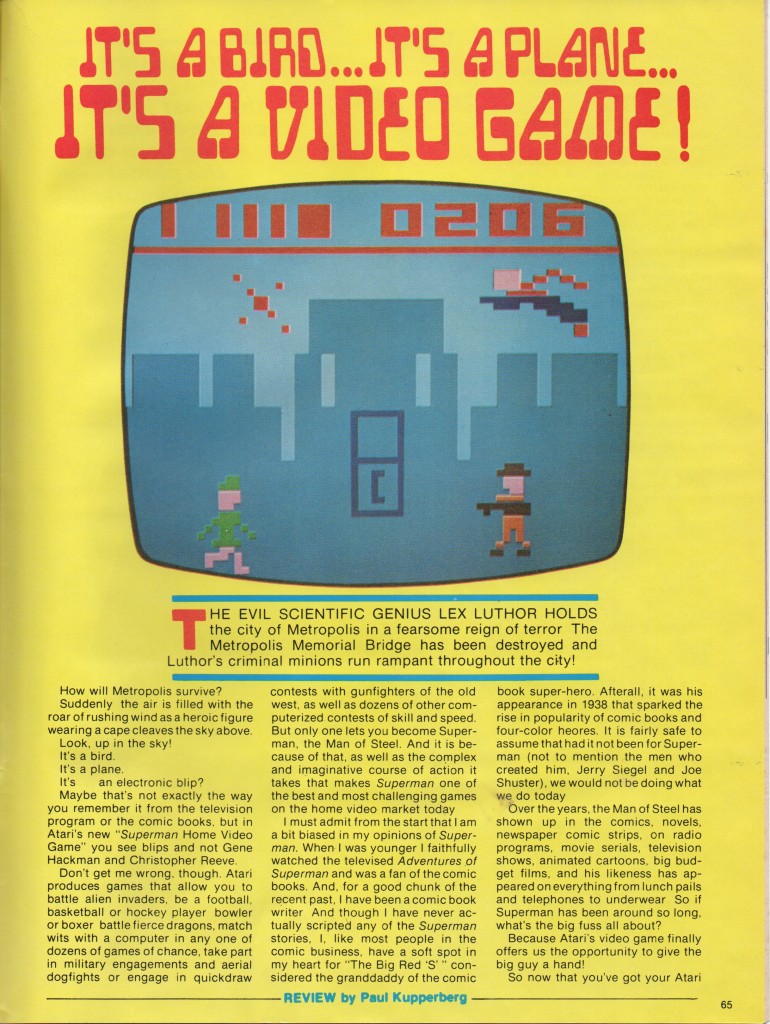
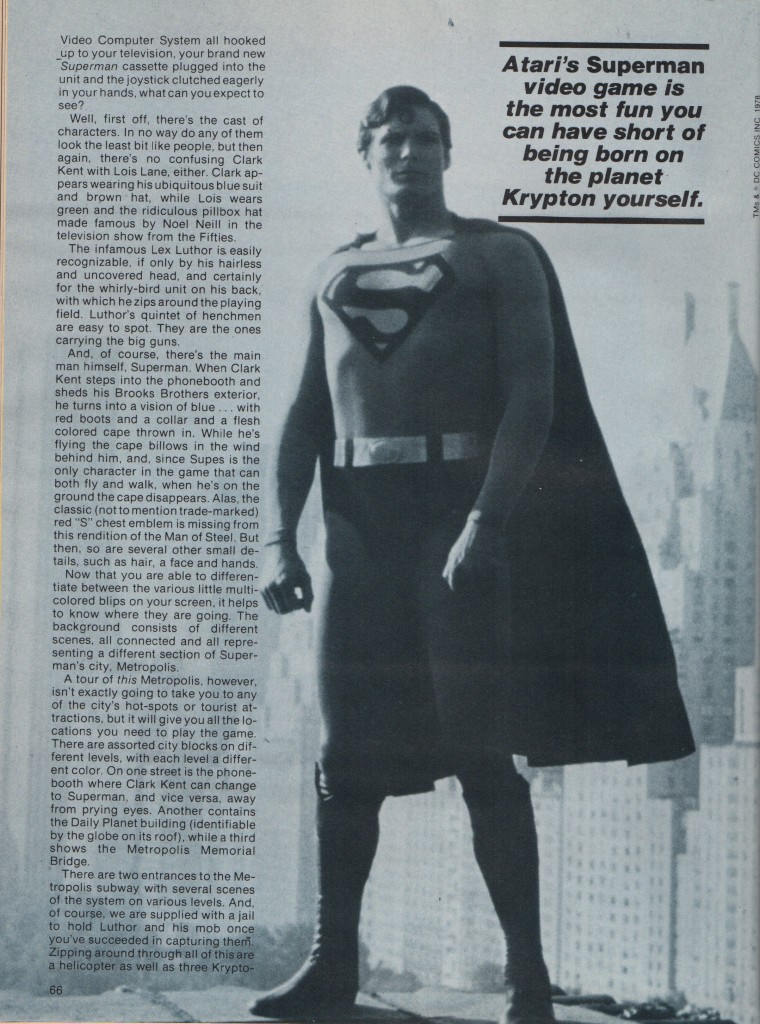
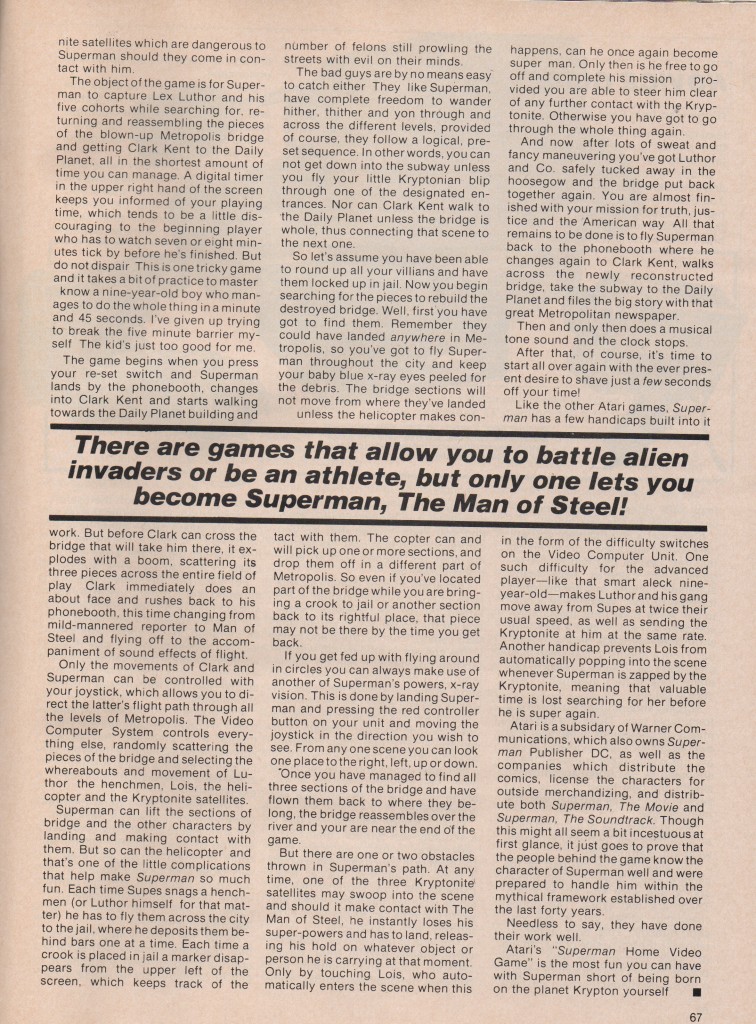
Tags: Atari, home video, Irv Karchmar, magazine, Superman video game, Video Action
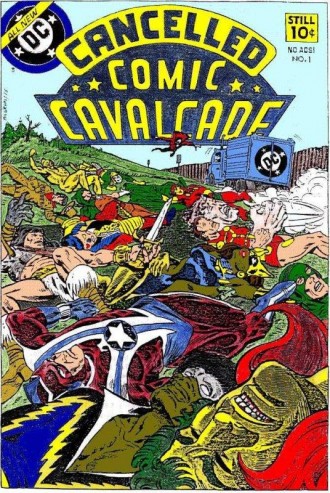 The legendary “DC Implosion” of June 1978 (leading to the sudden cancellation of twenty-six new titles that were in various states of production when the hammer fell) lead to the creation of another legend:
The legendary “DC Implosion” of June 1978 (leading to the sudden cancellation of twenty-six new titles that were in various states of production when the hammer fell) lead to the creation of another legend: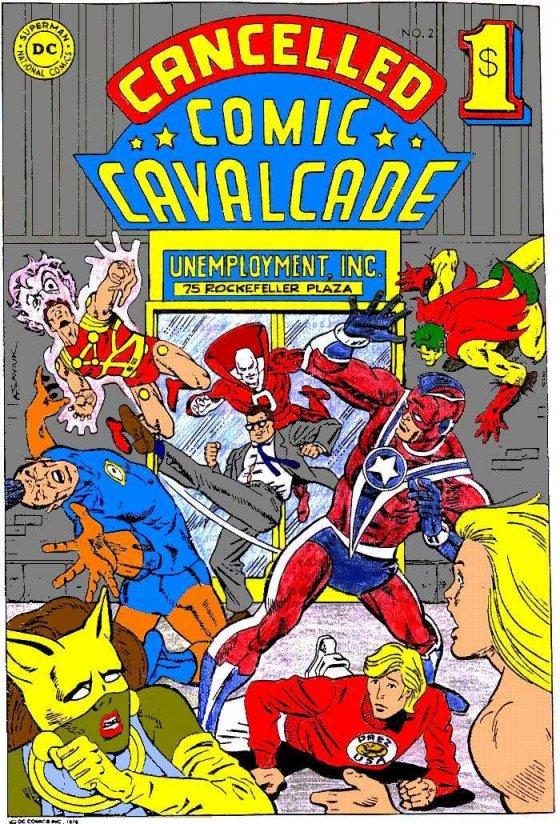
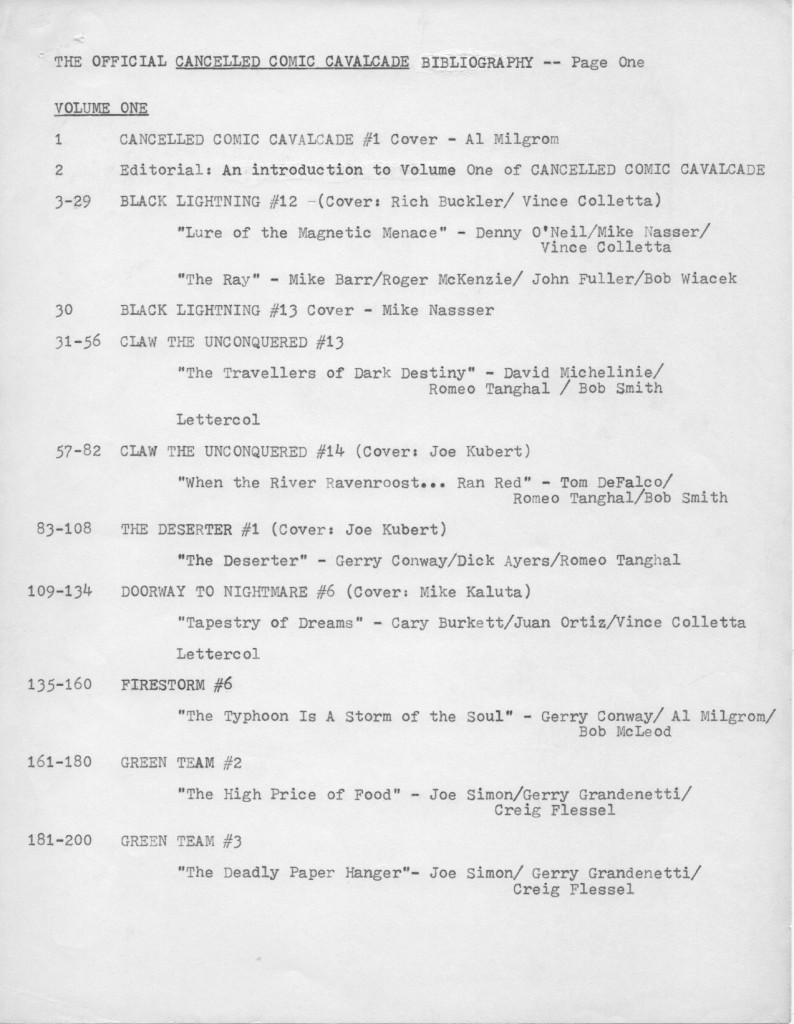
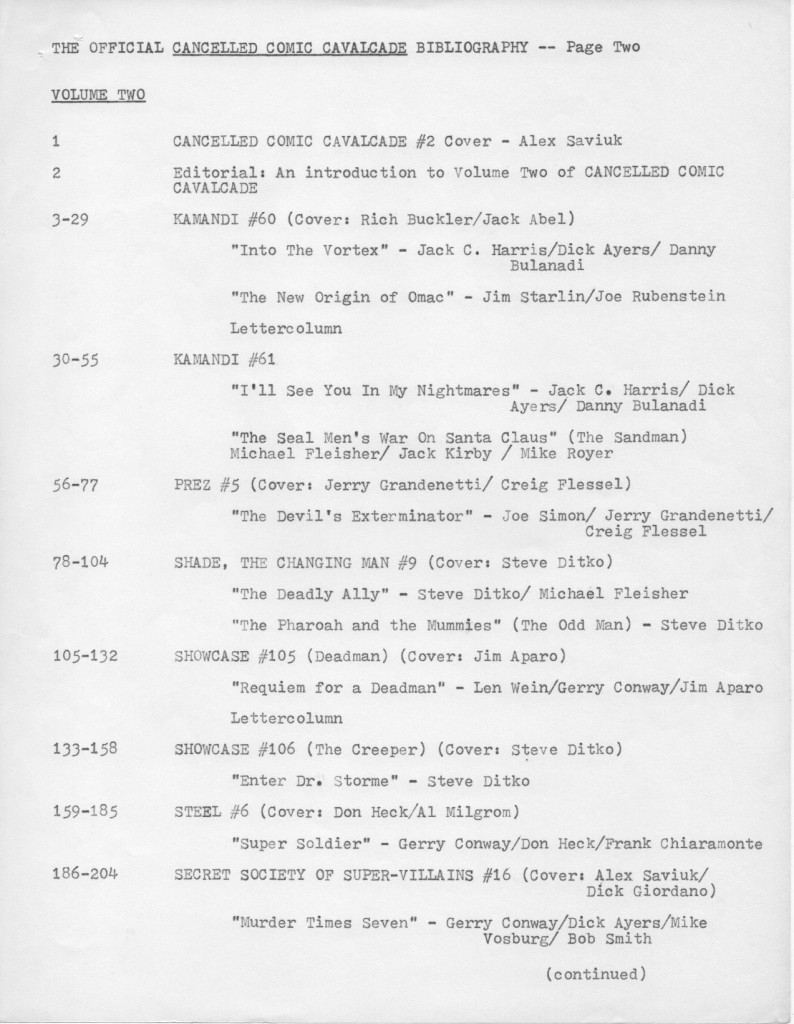
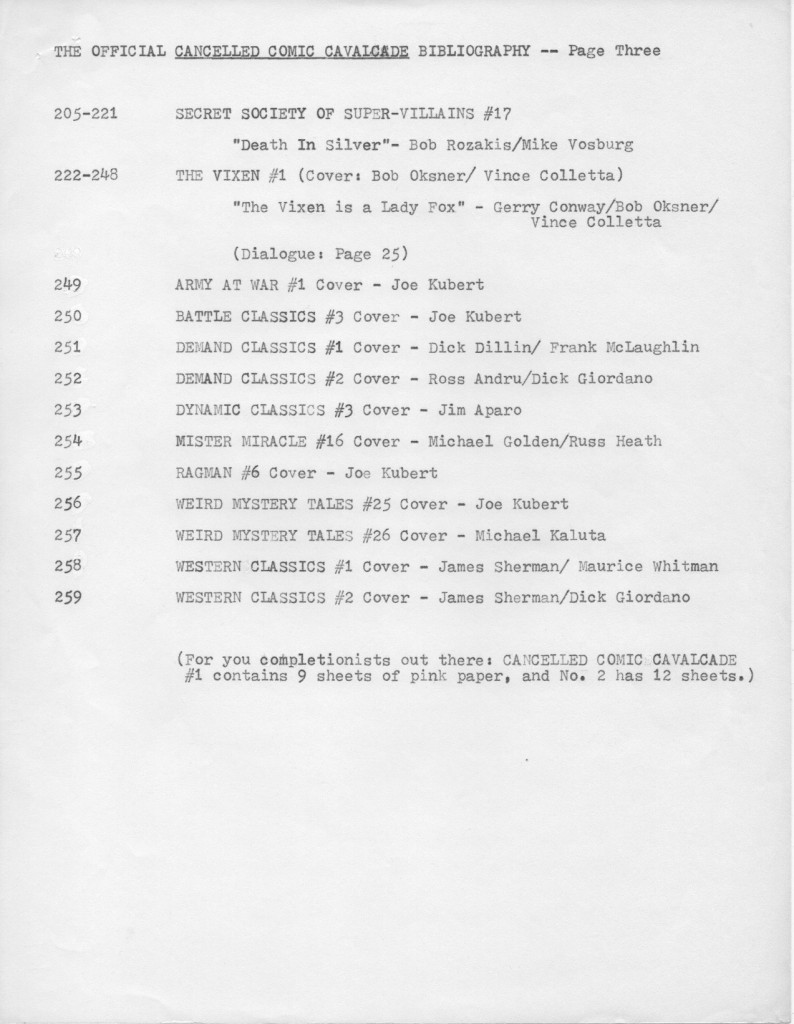
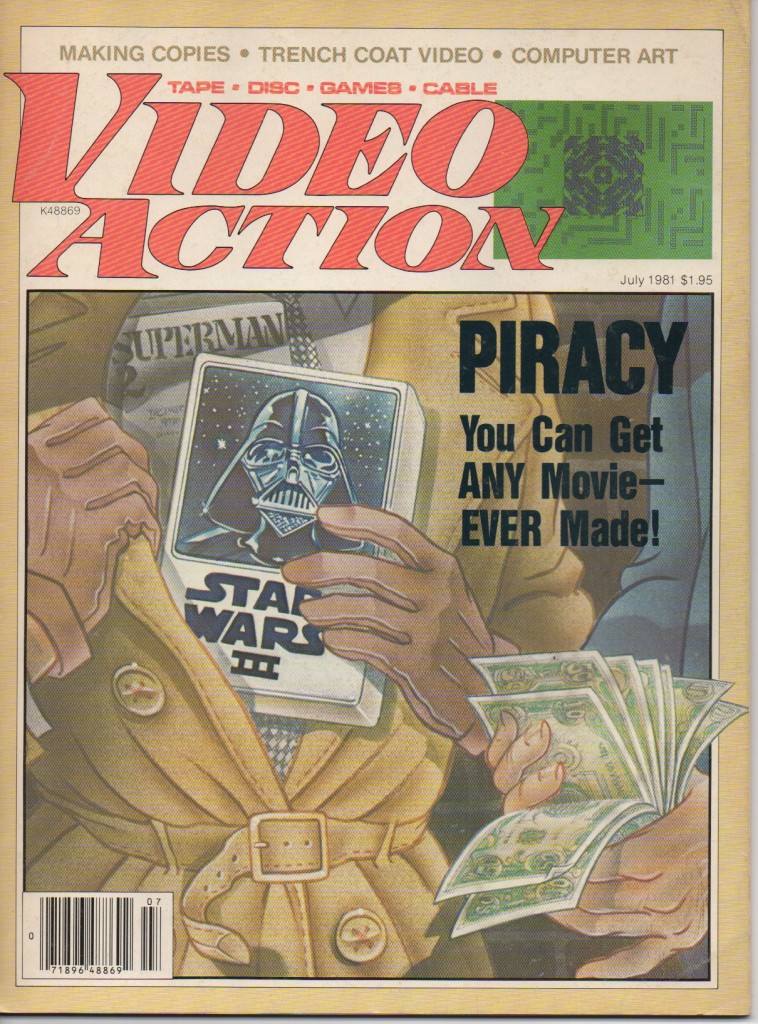
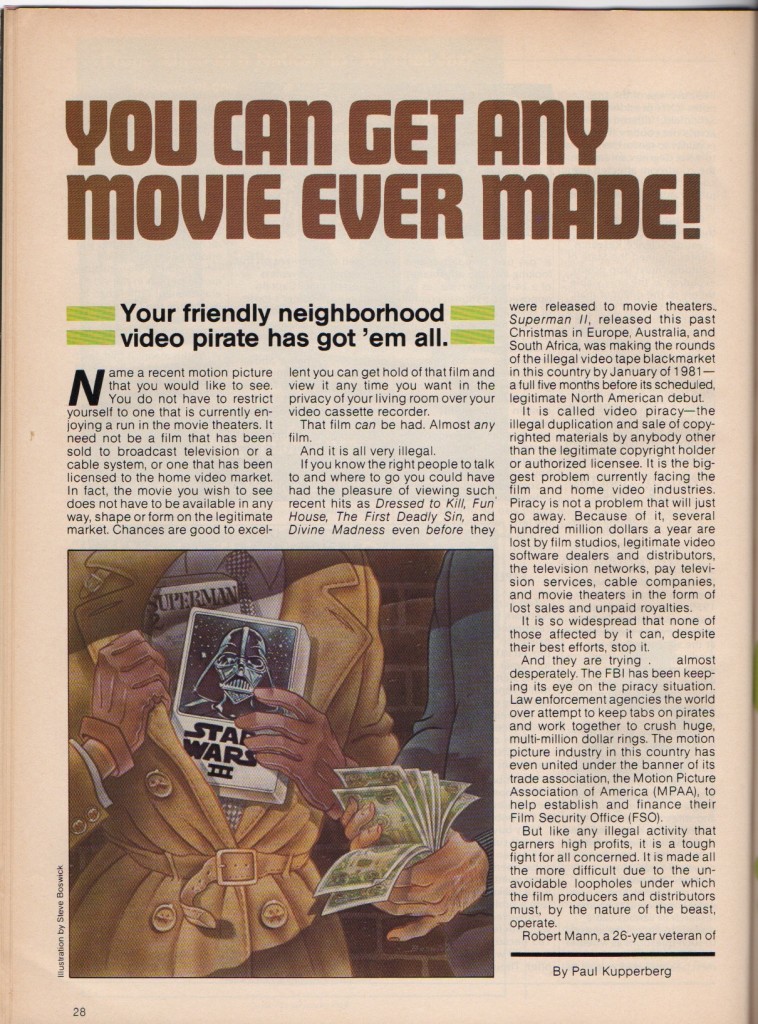
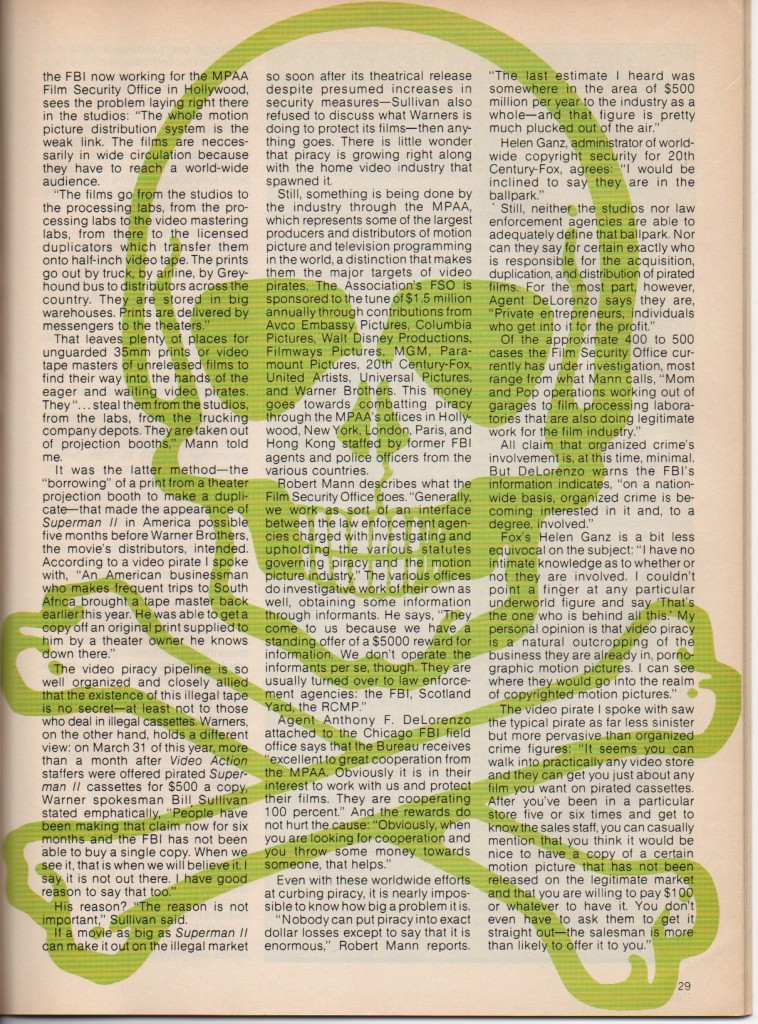
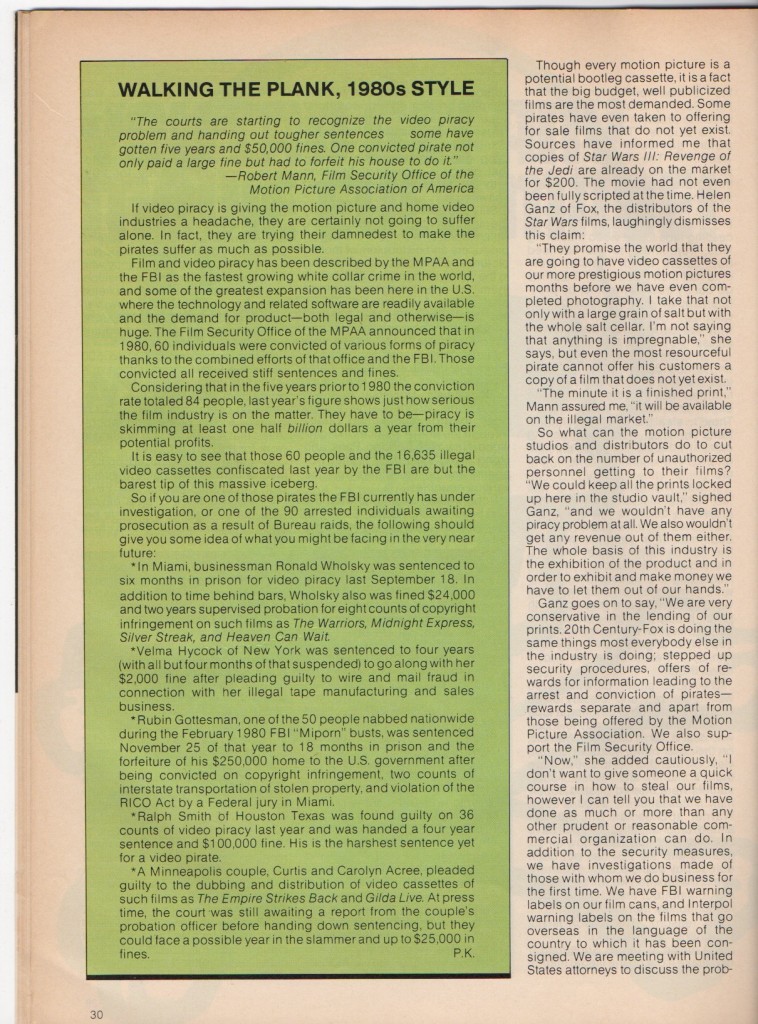
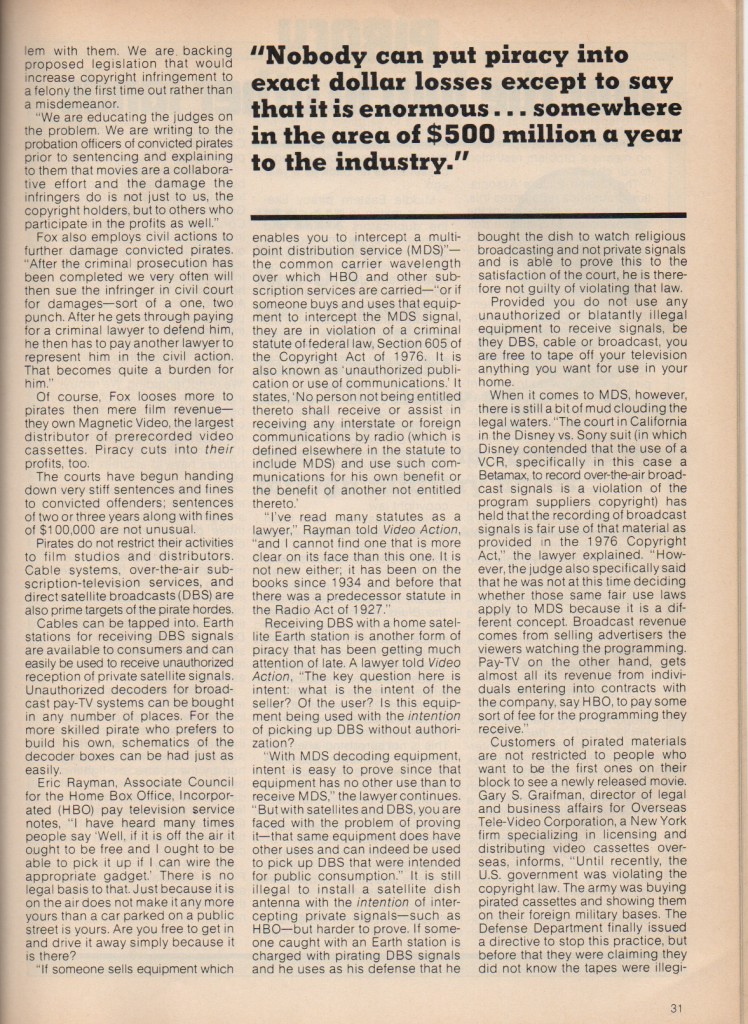
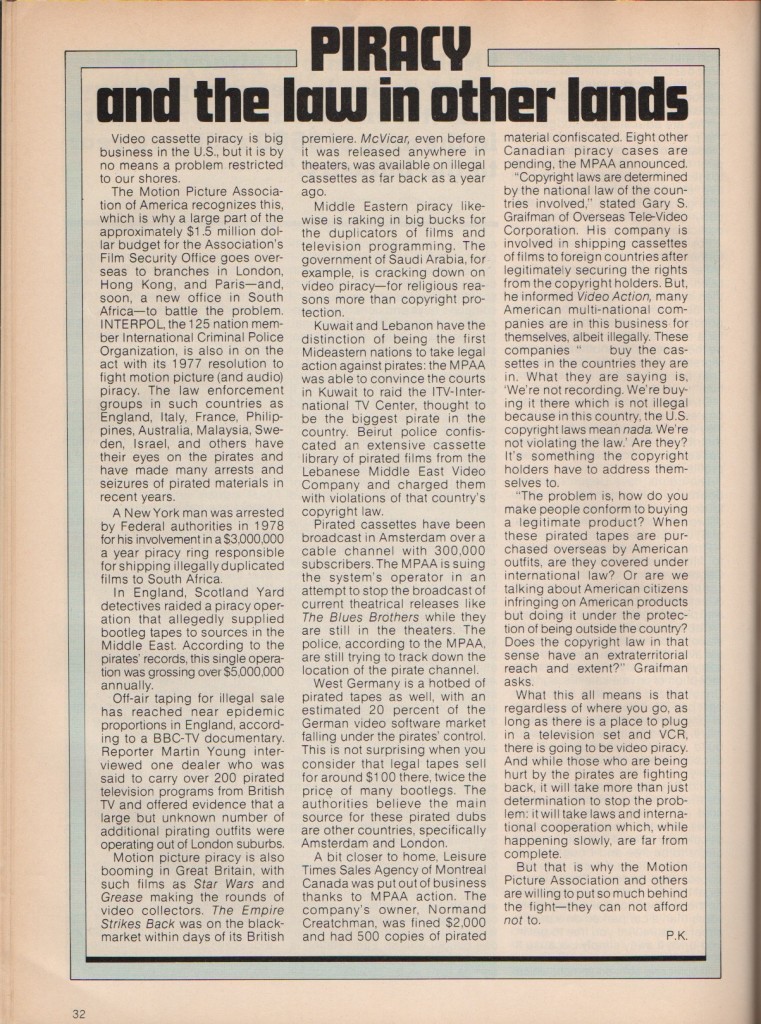
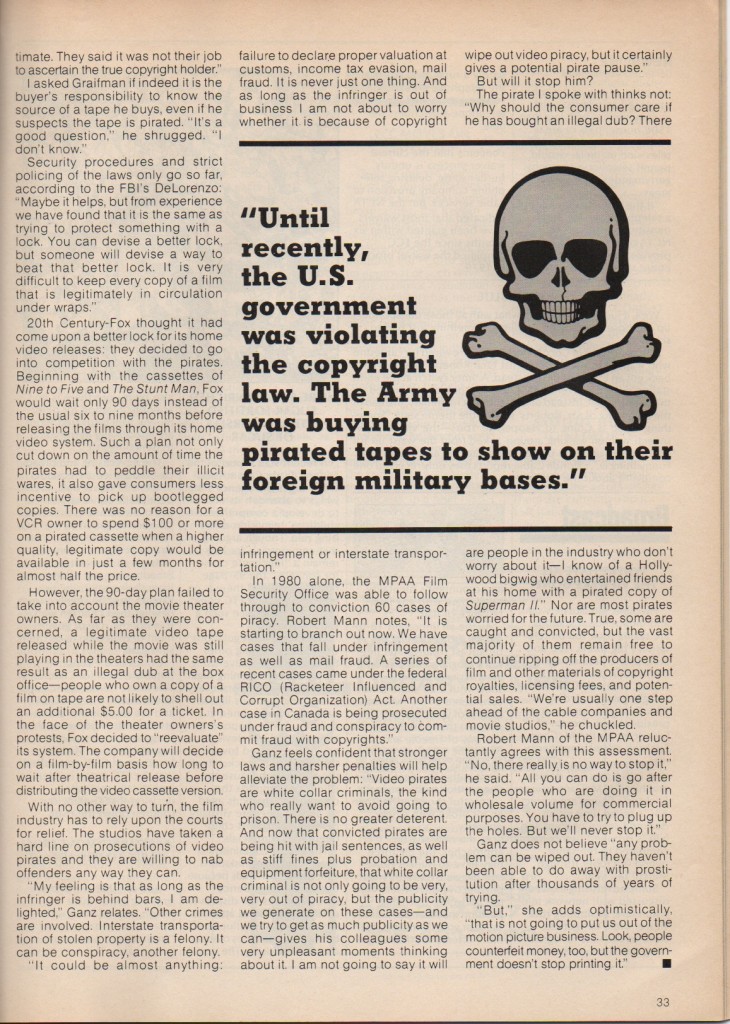
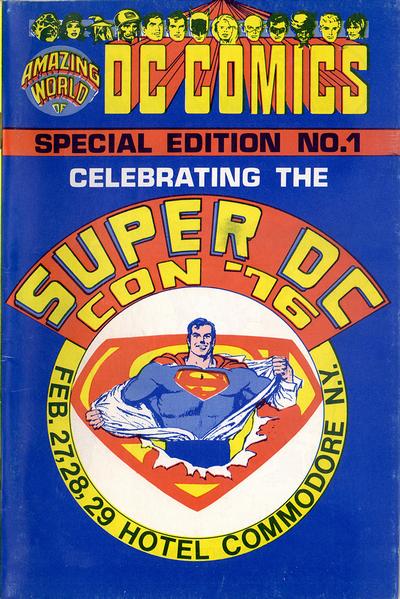
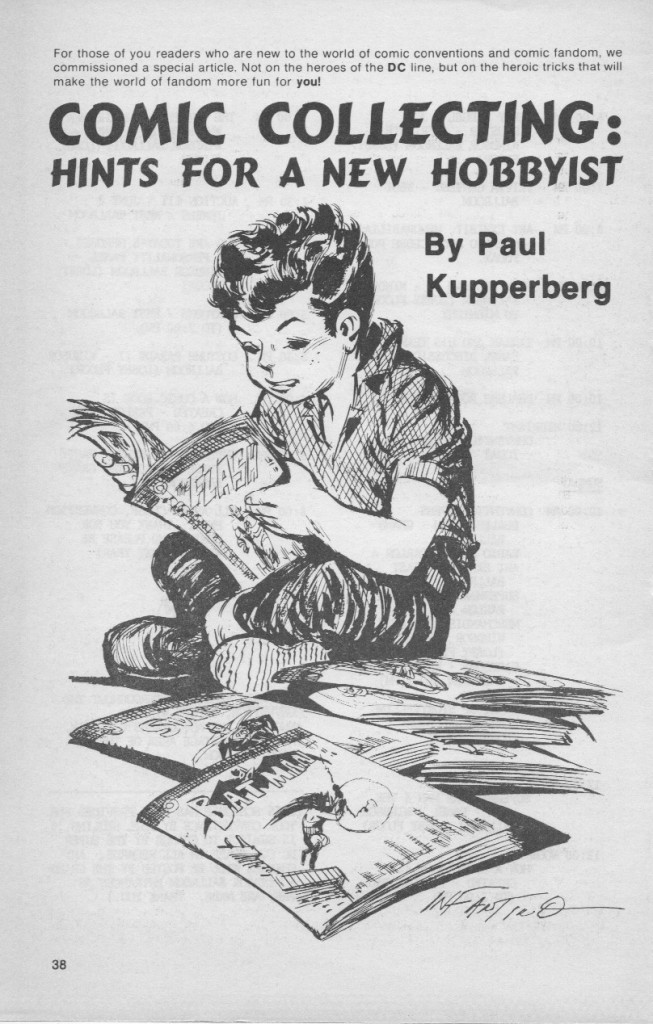
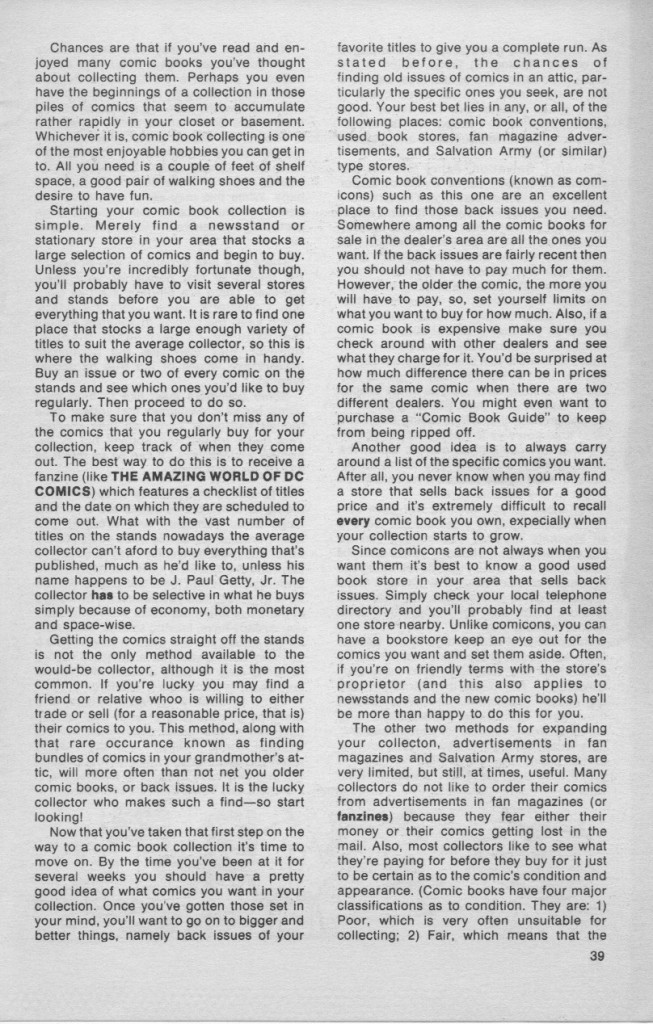
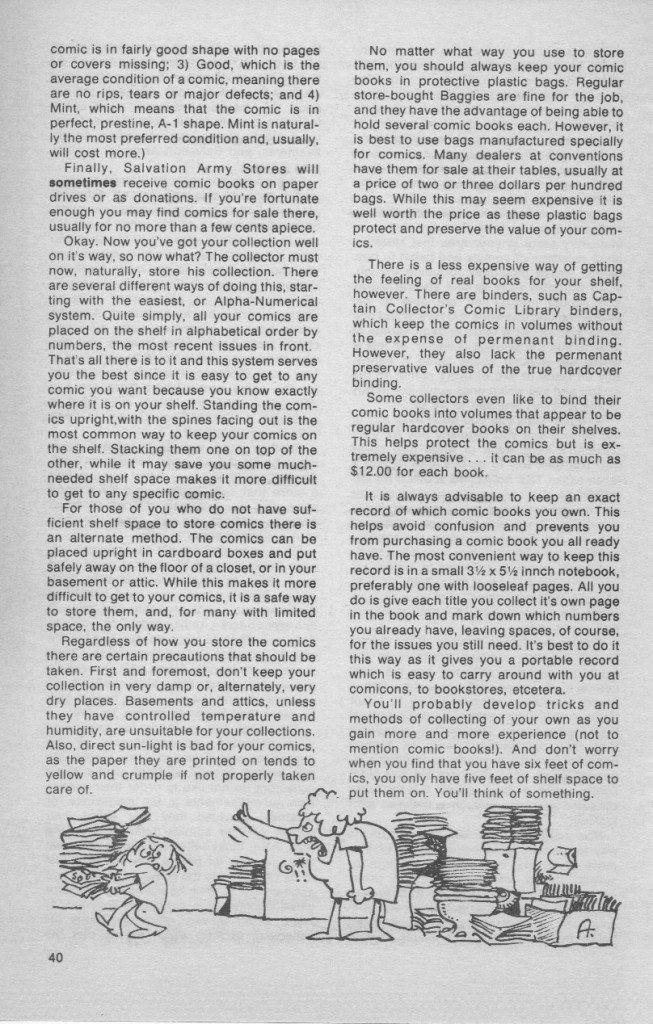
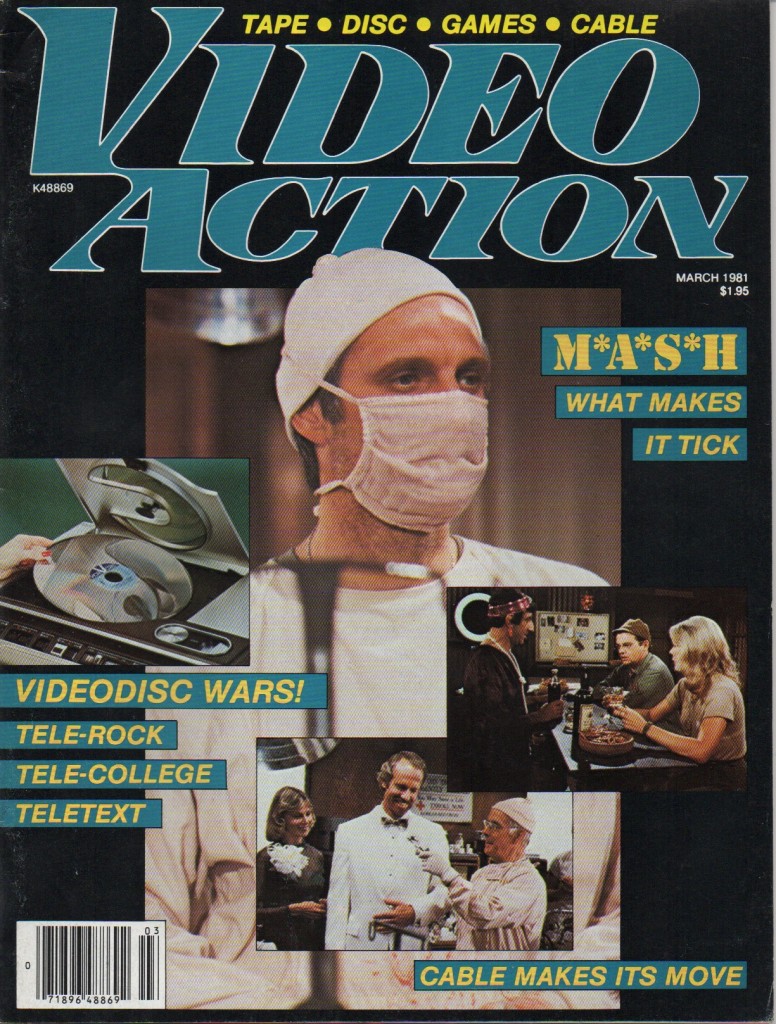
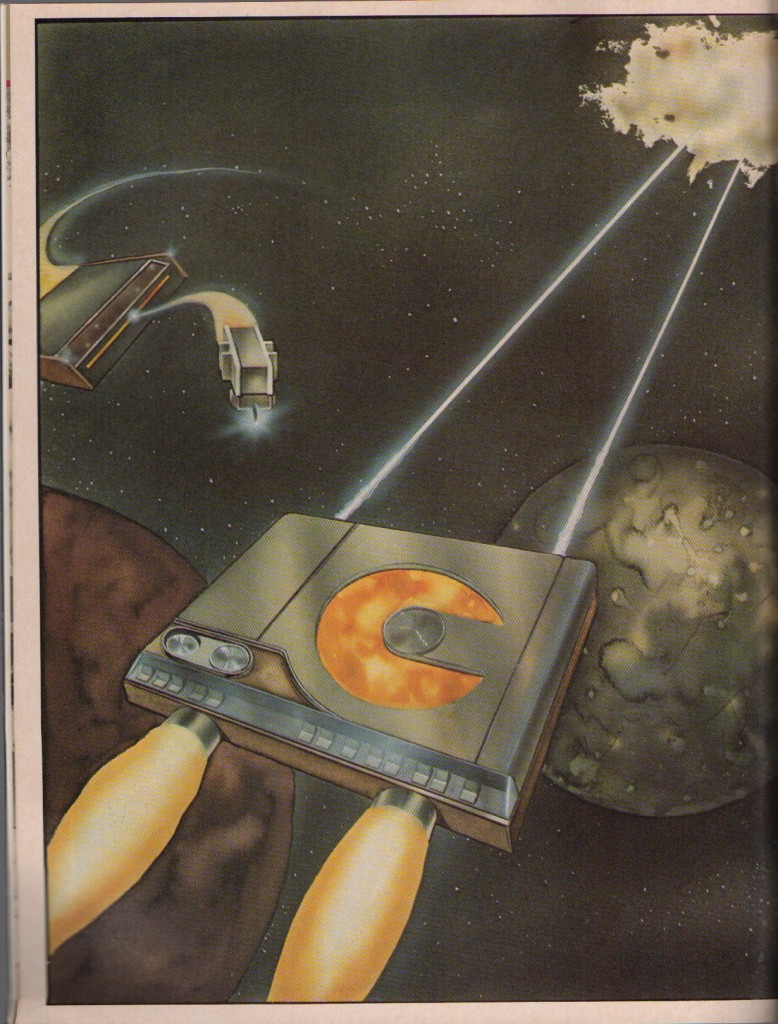
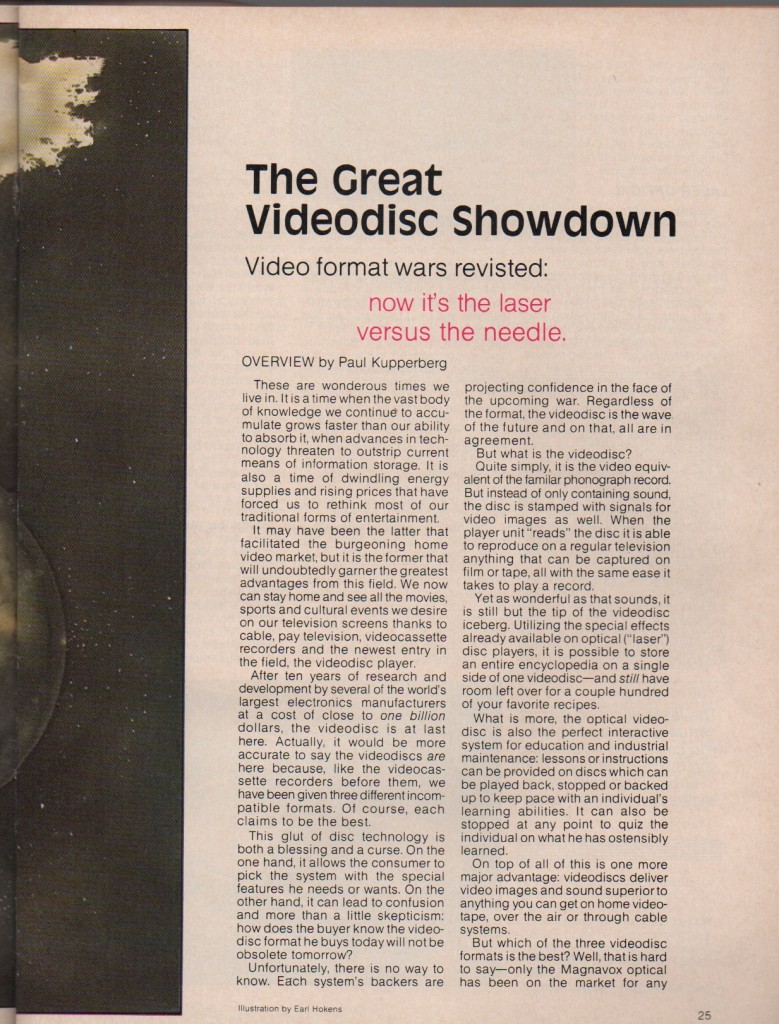
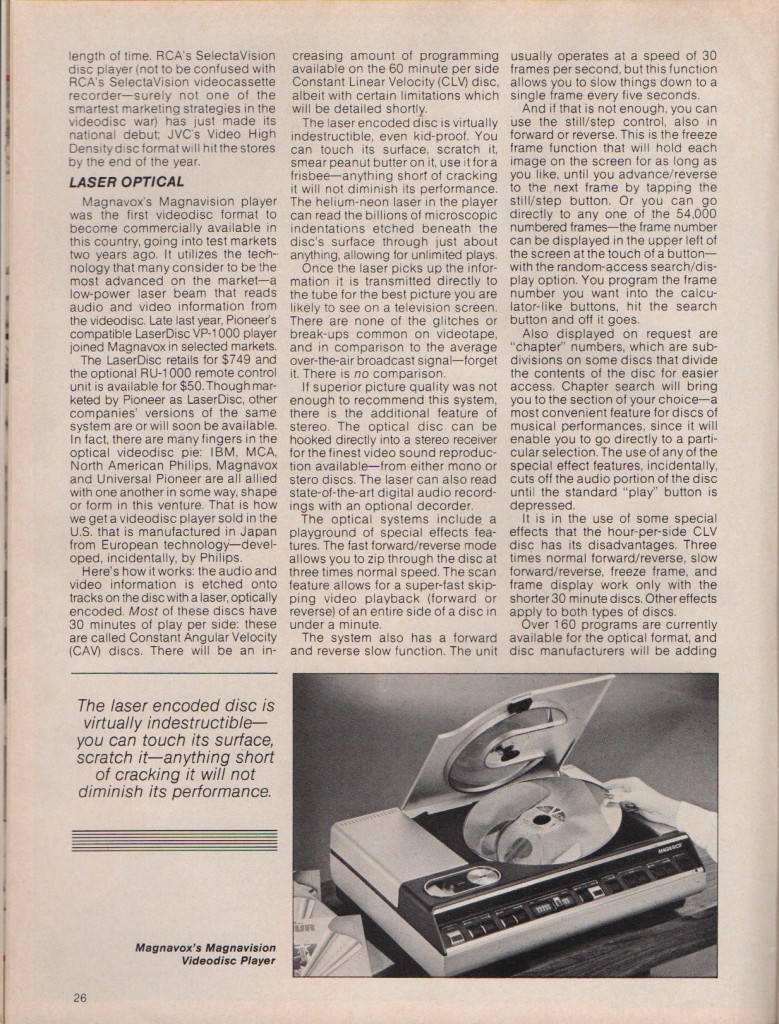
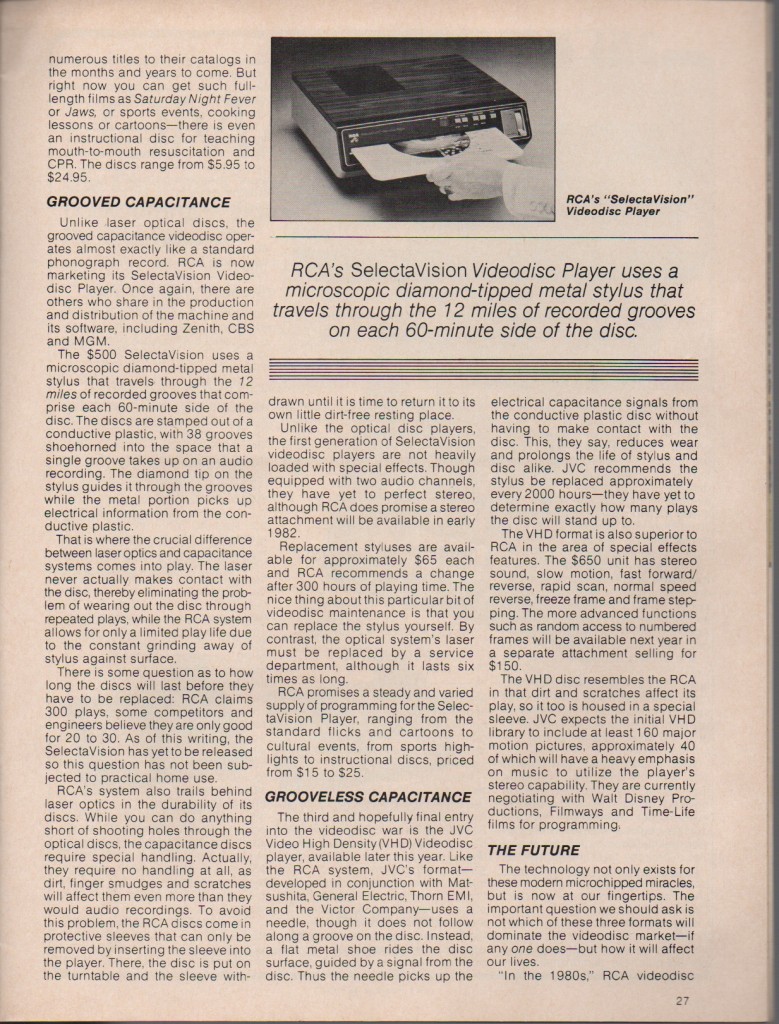
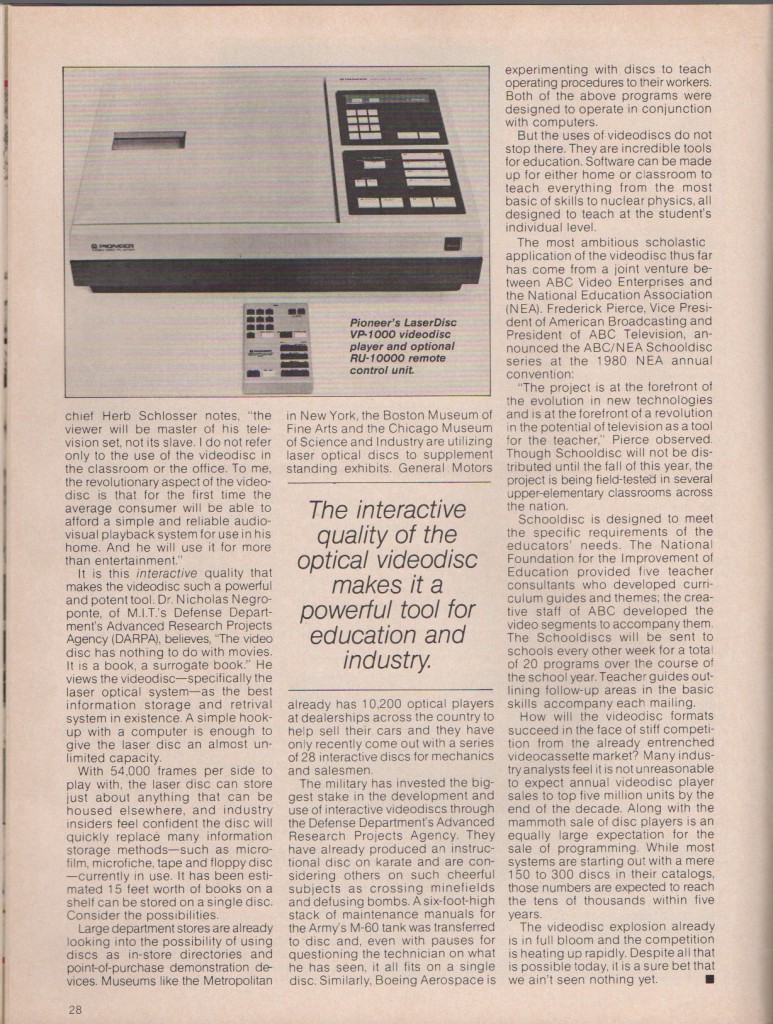










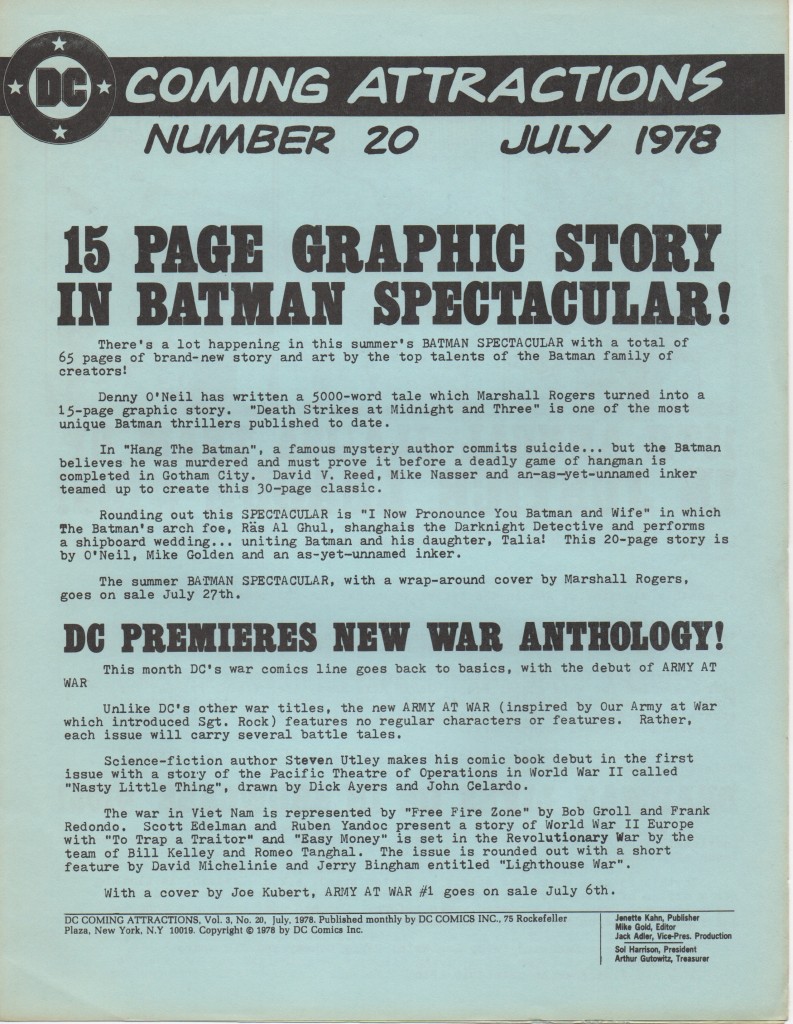
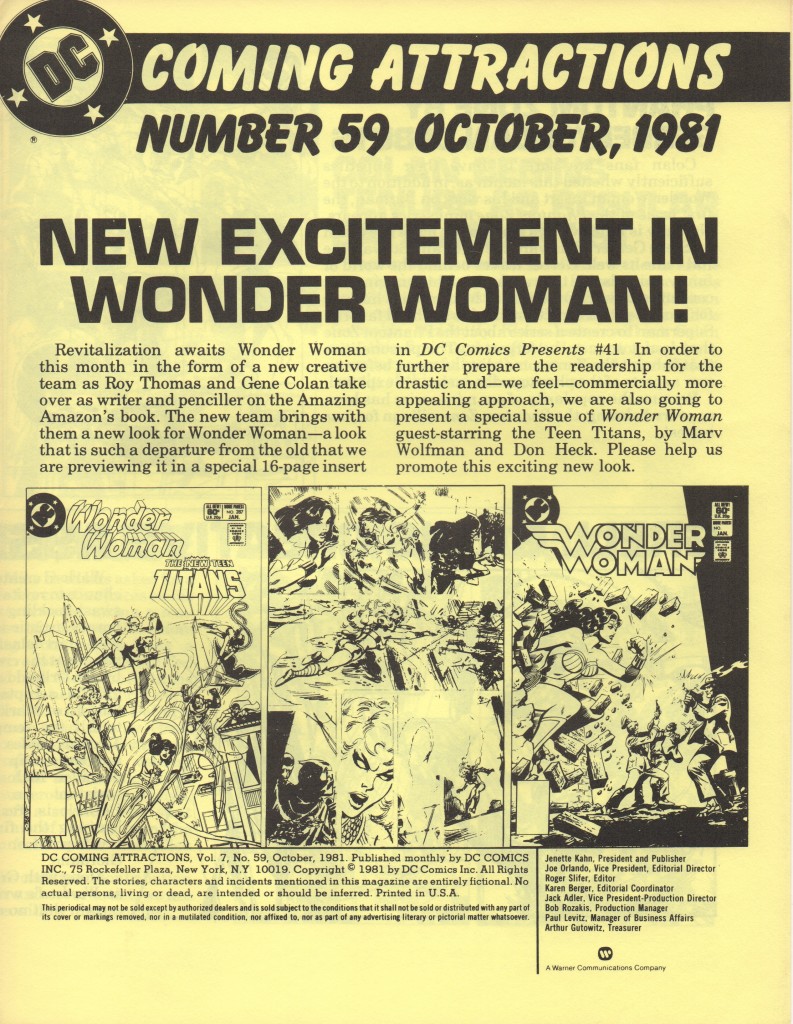
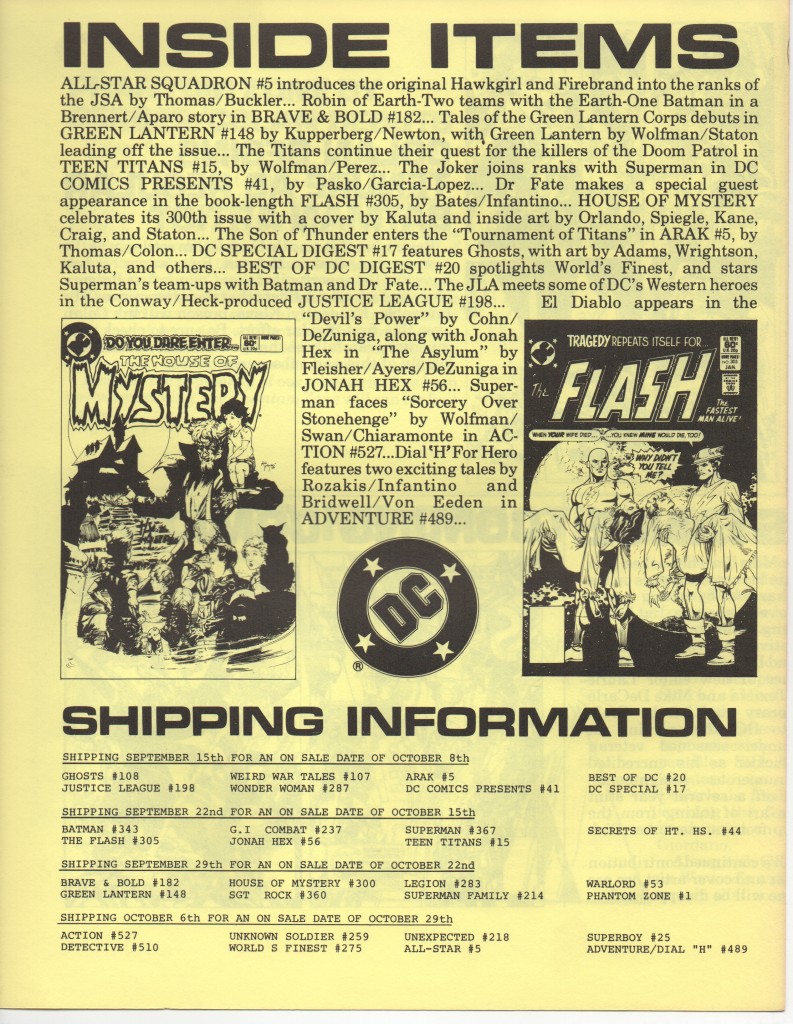
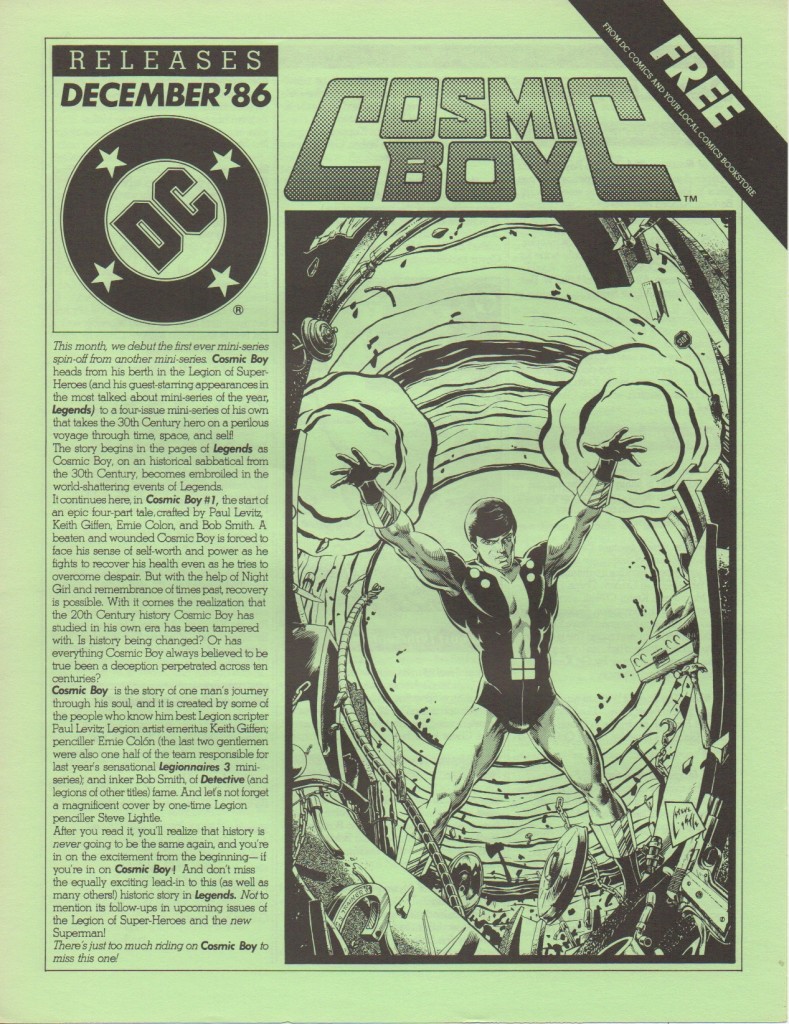
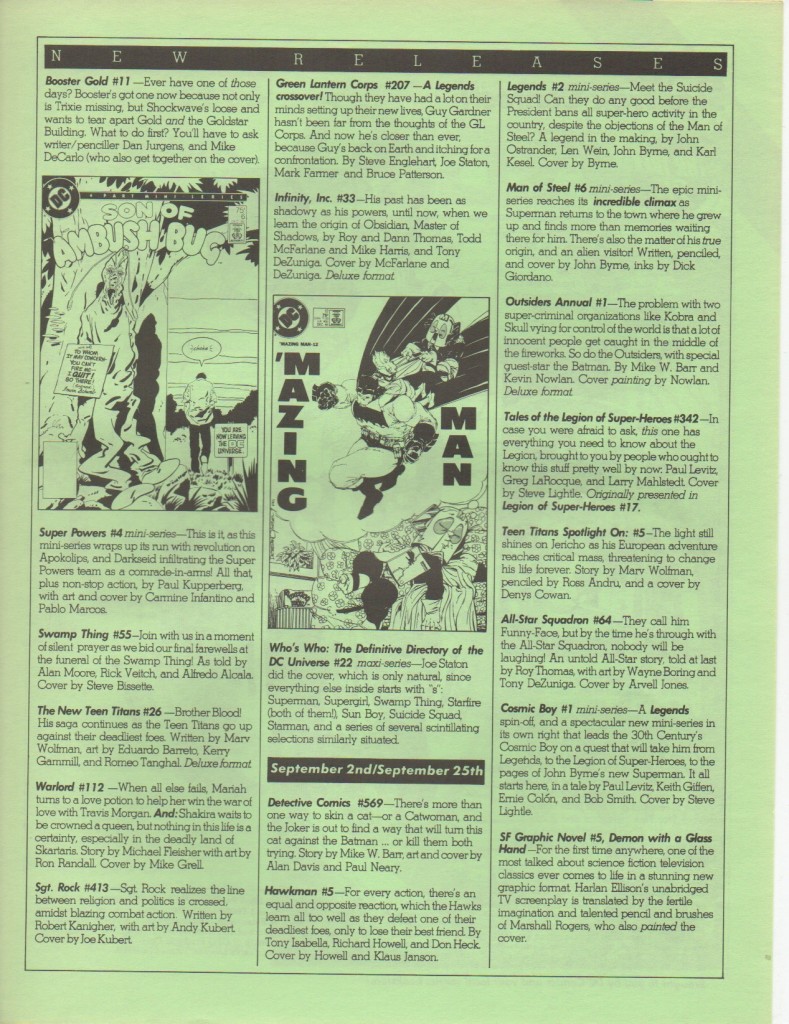
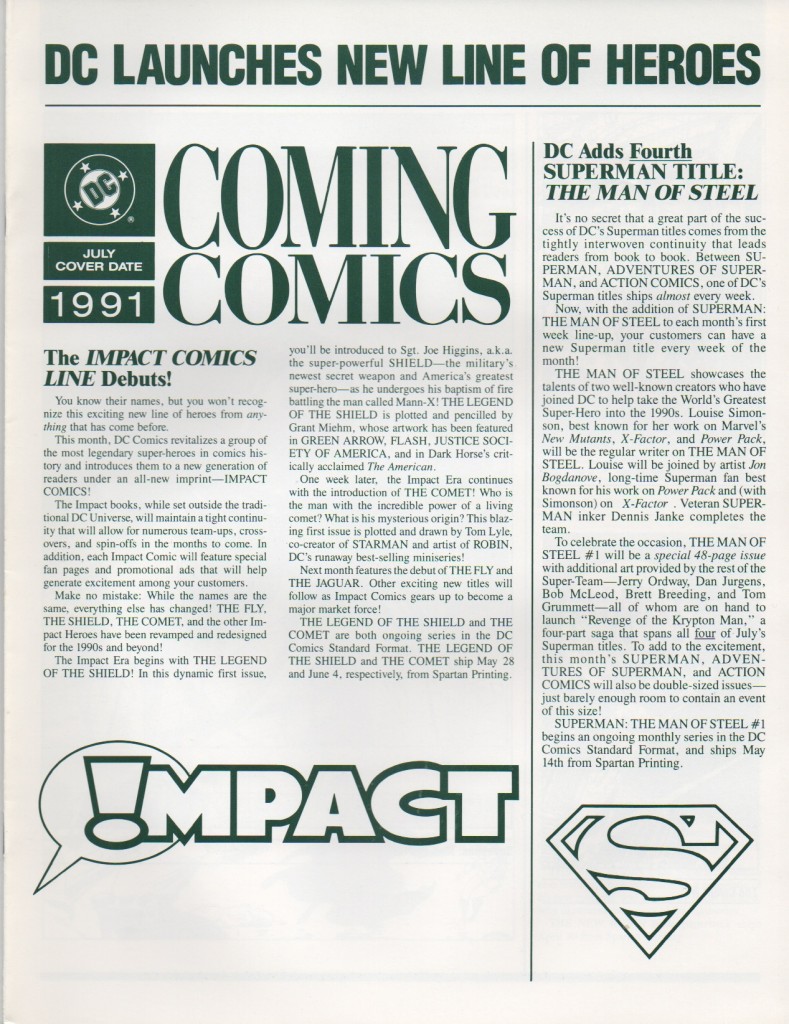
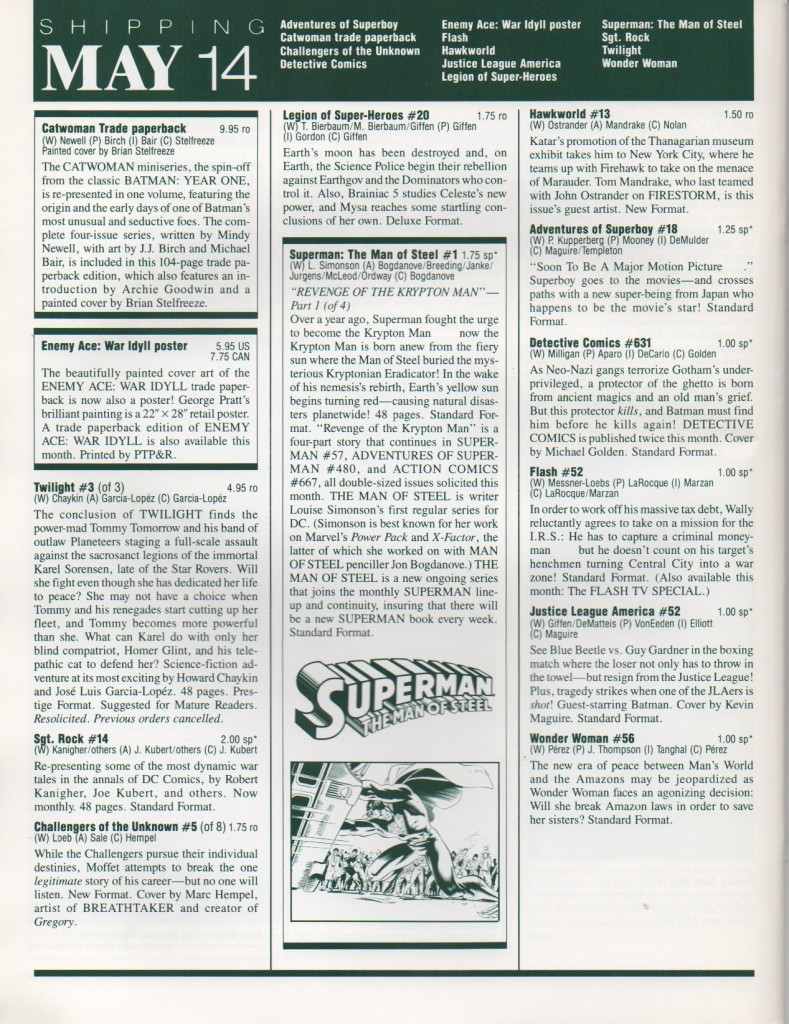
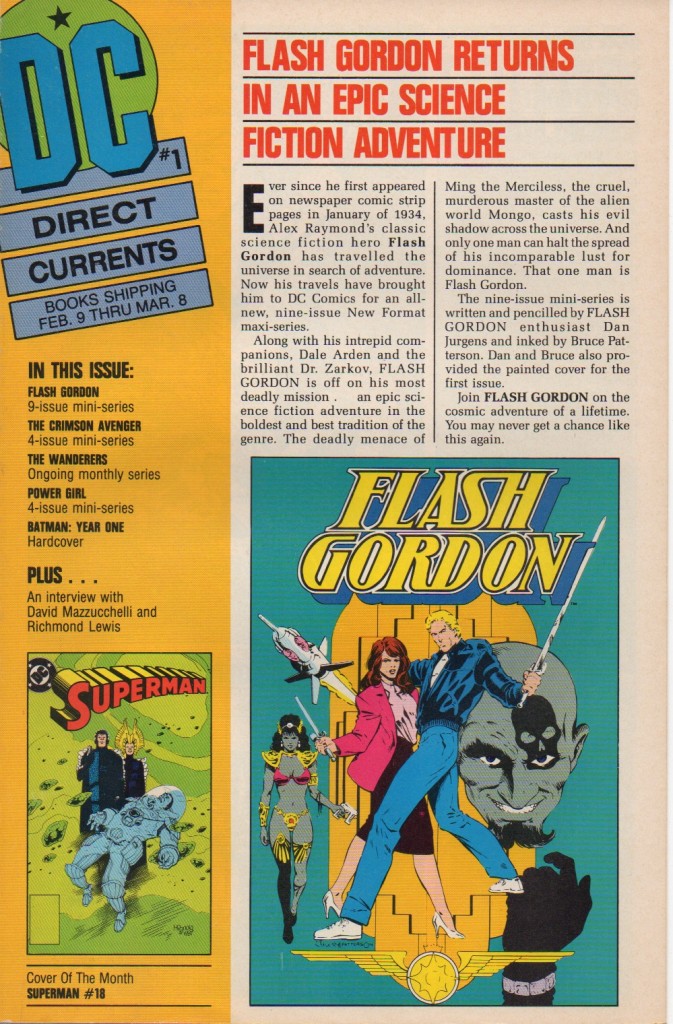
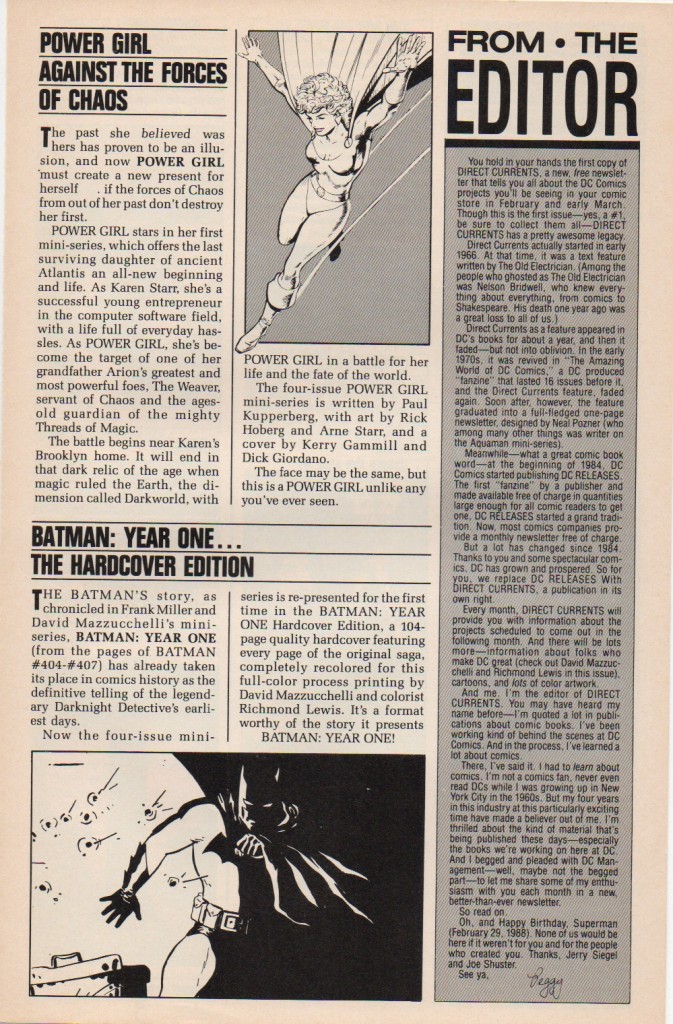
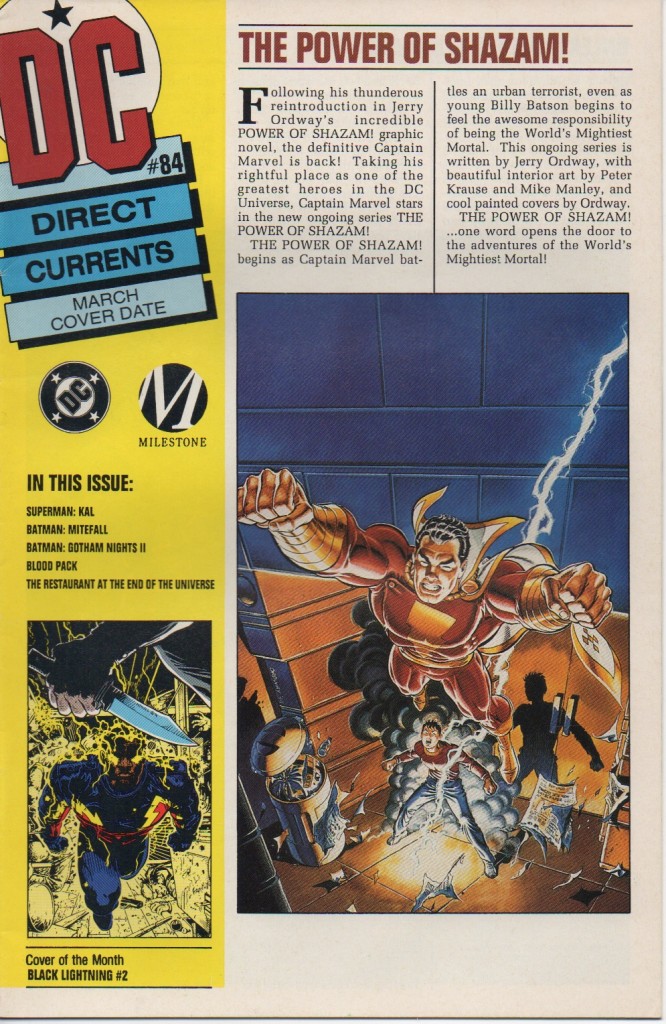
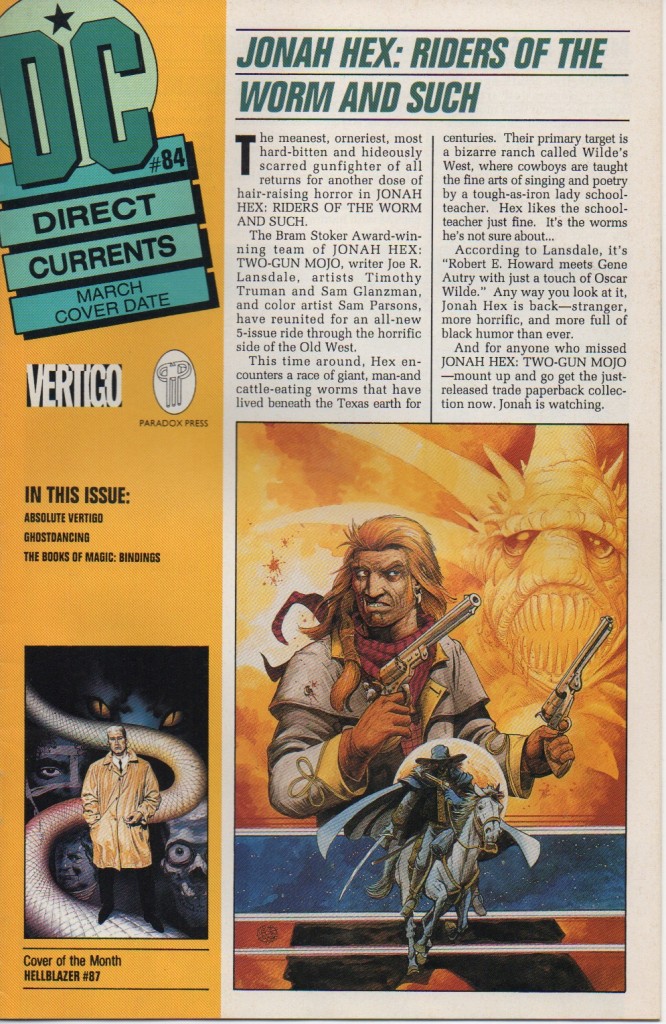
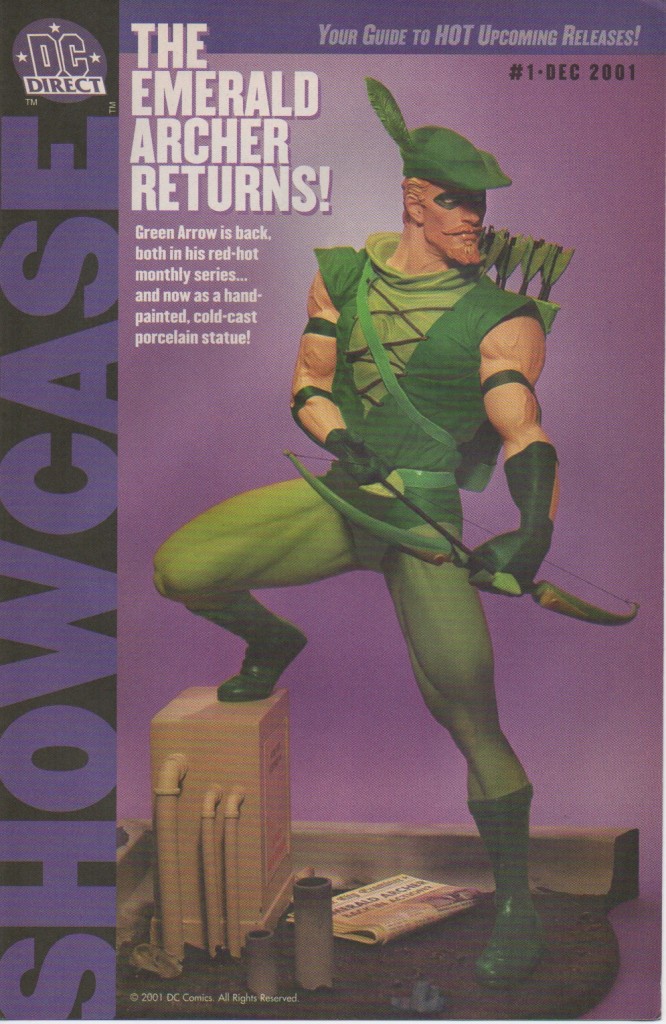
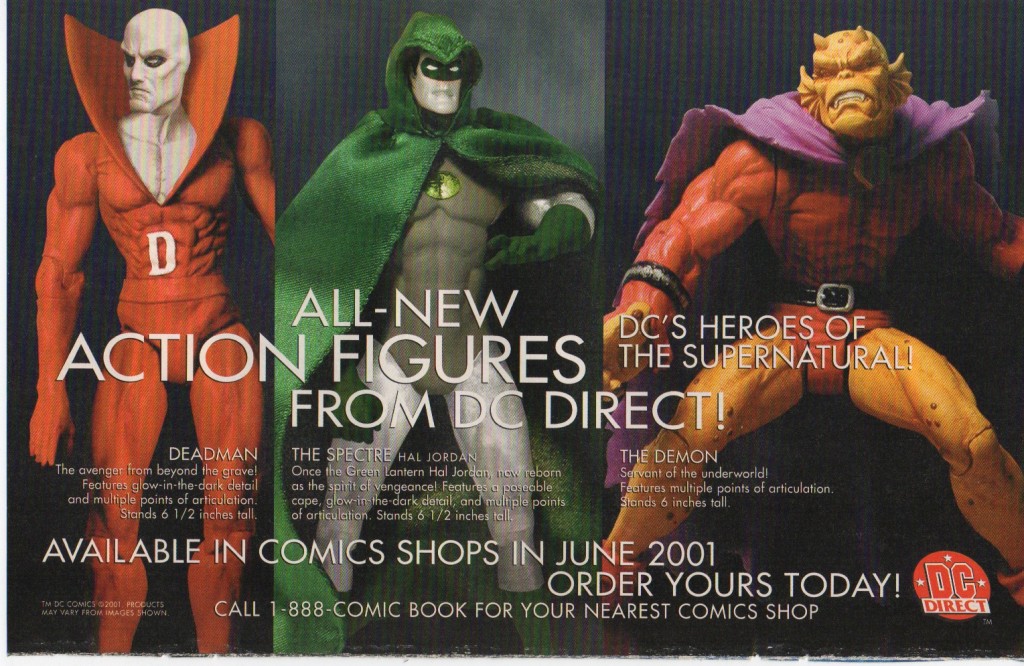
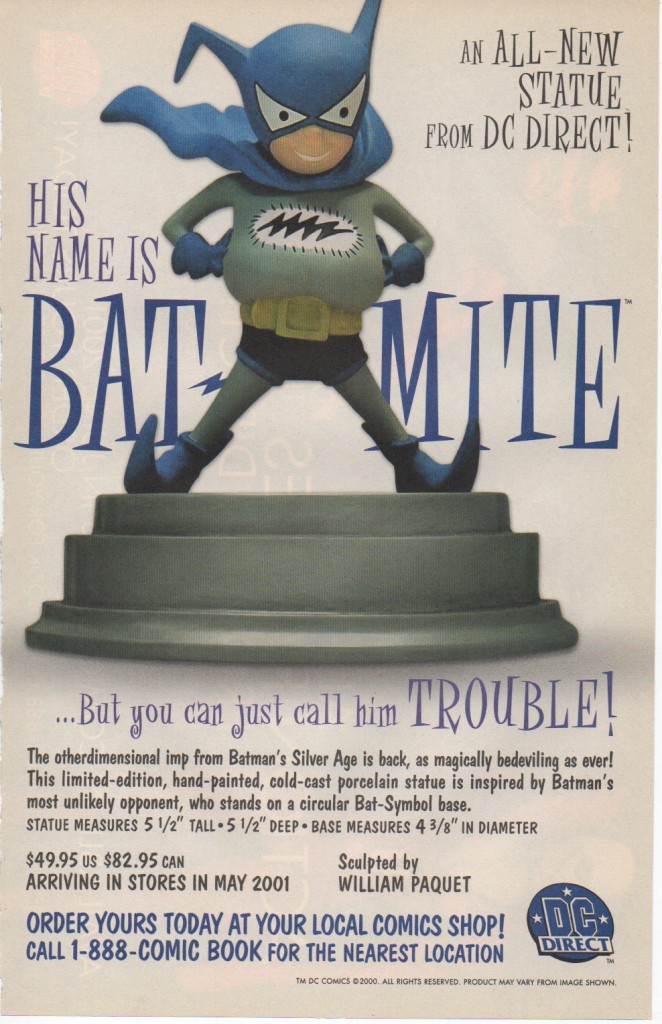
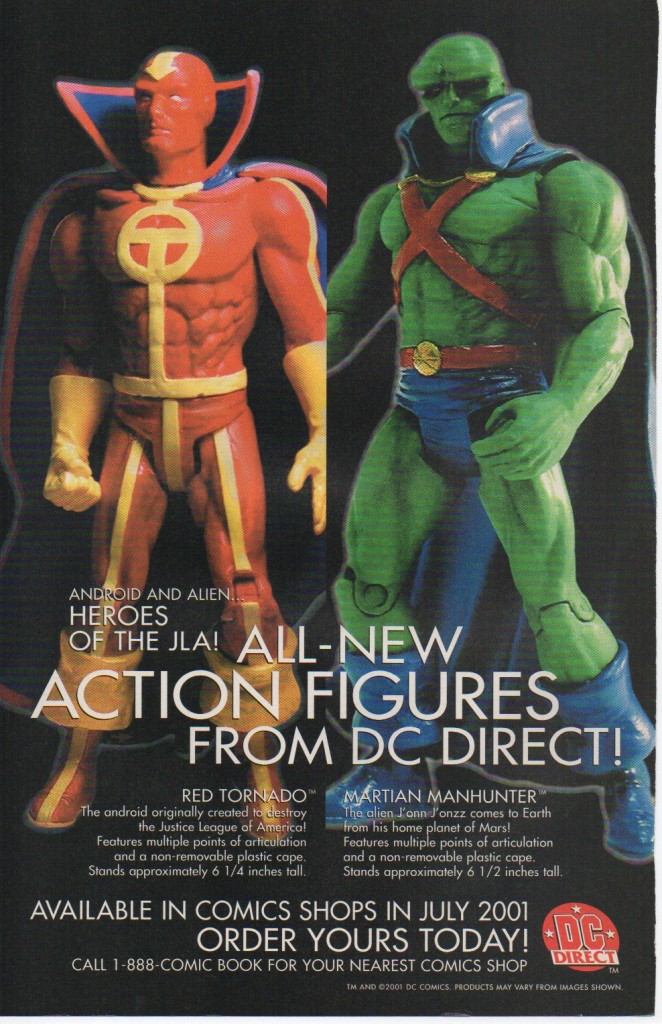
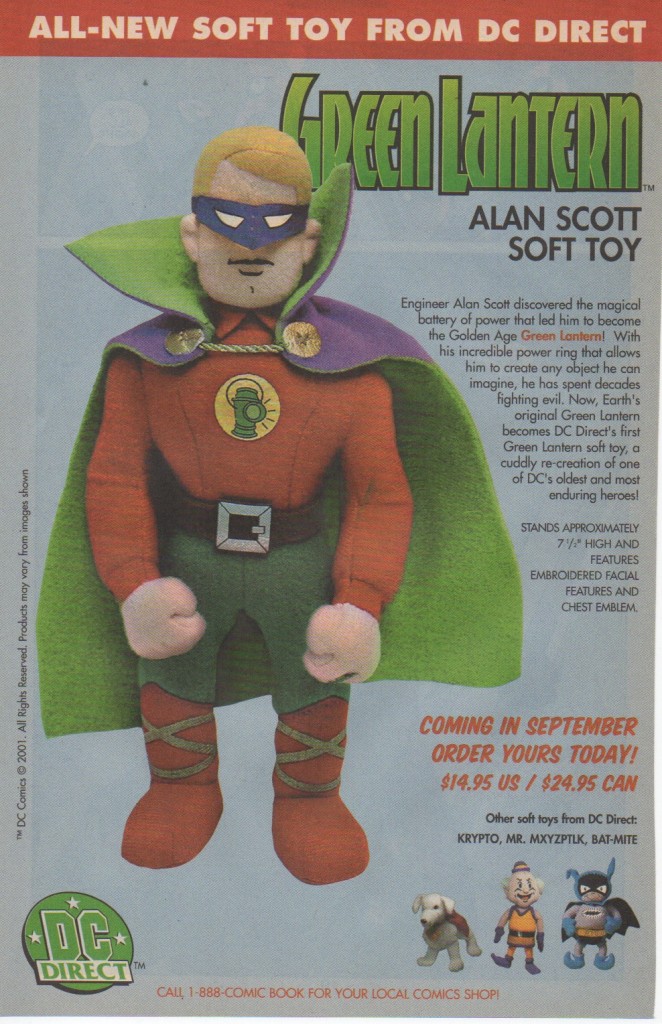
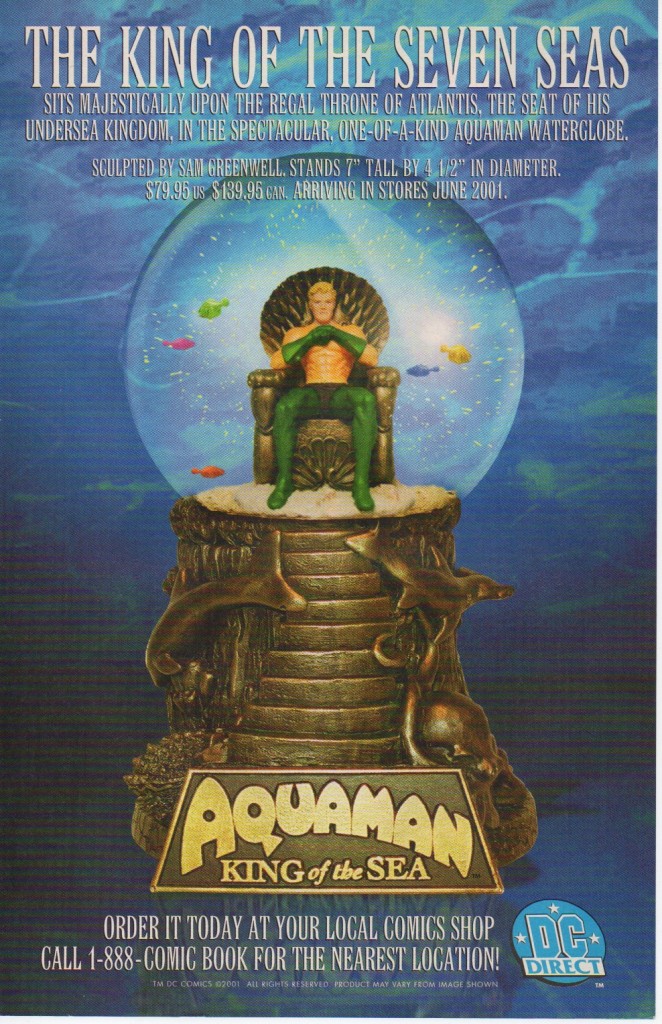
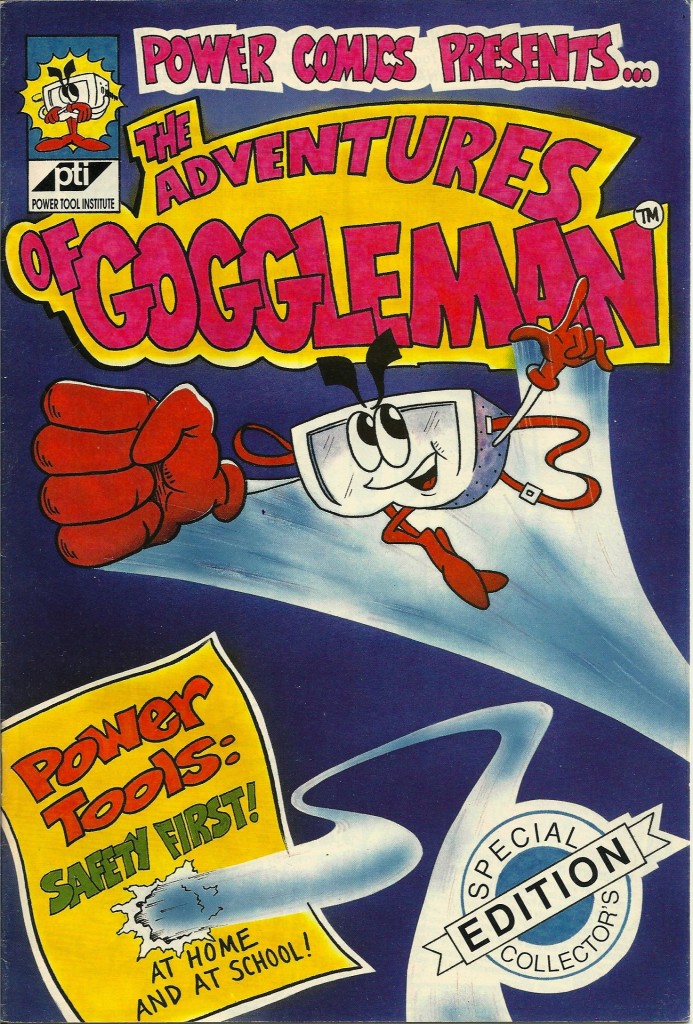
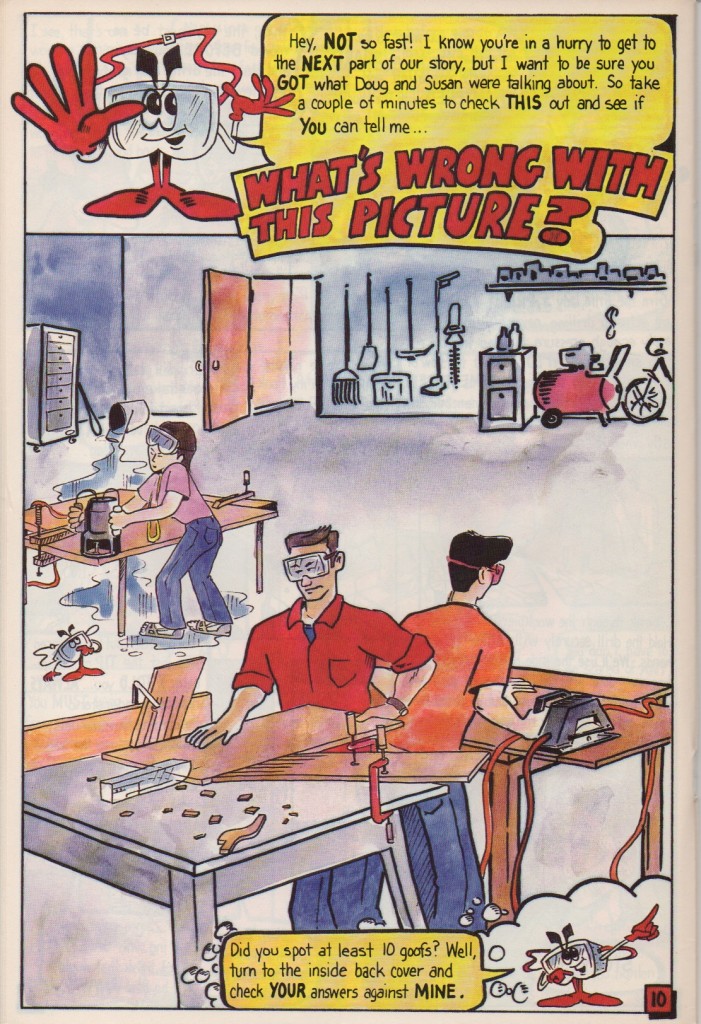
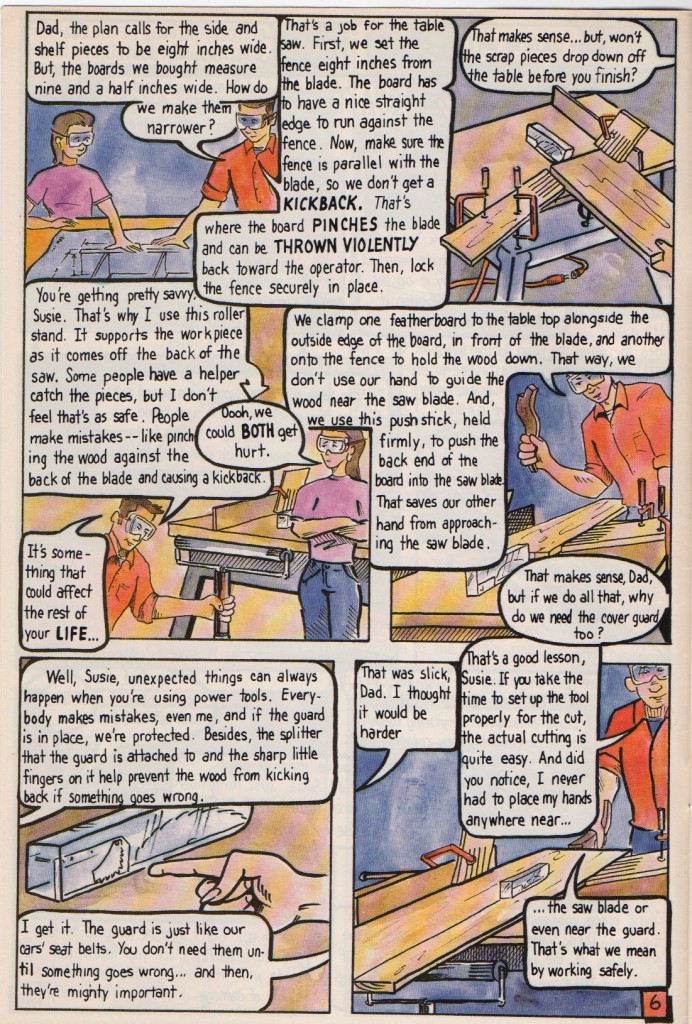
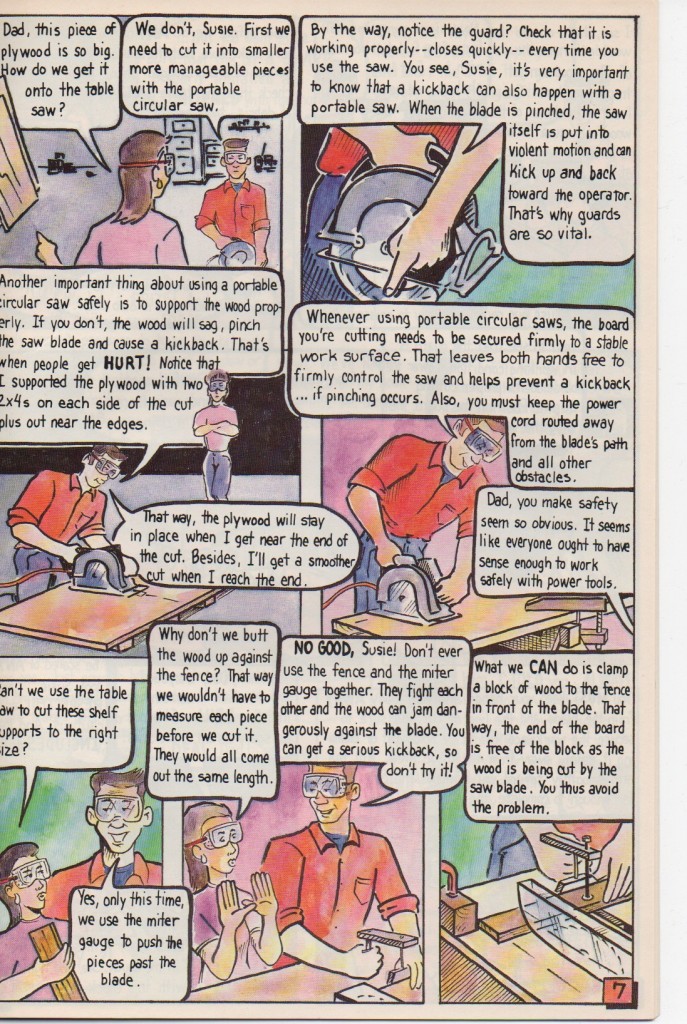
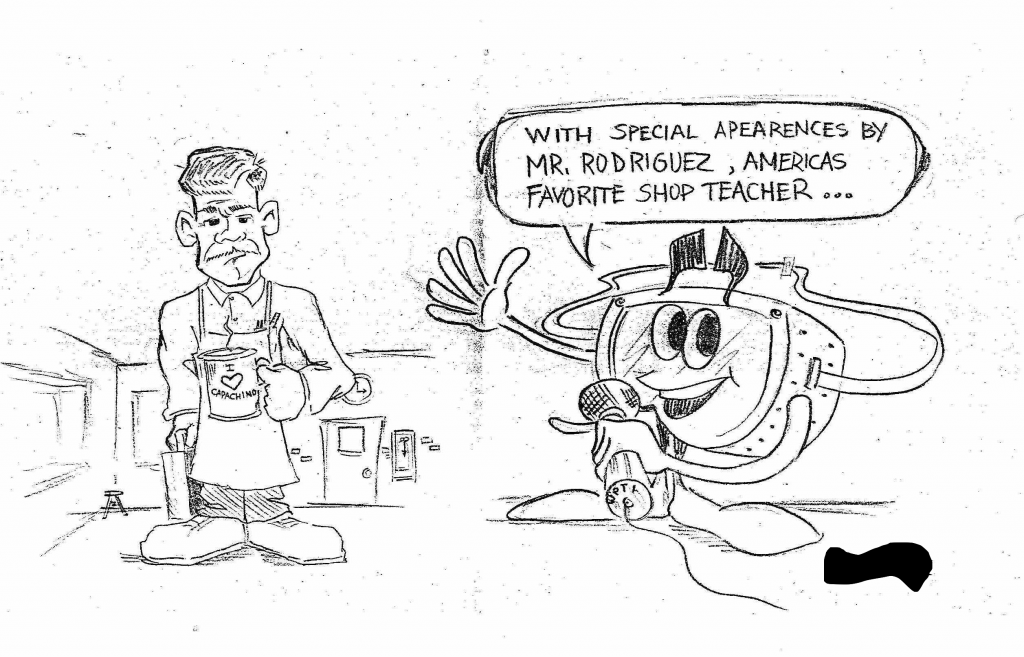
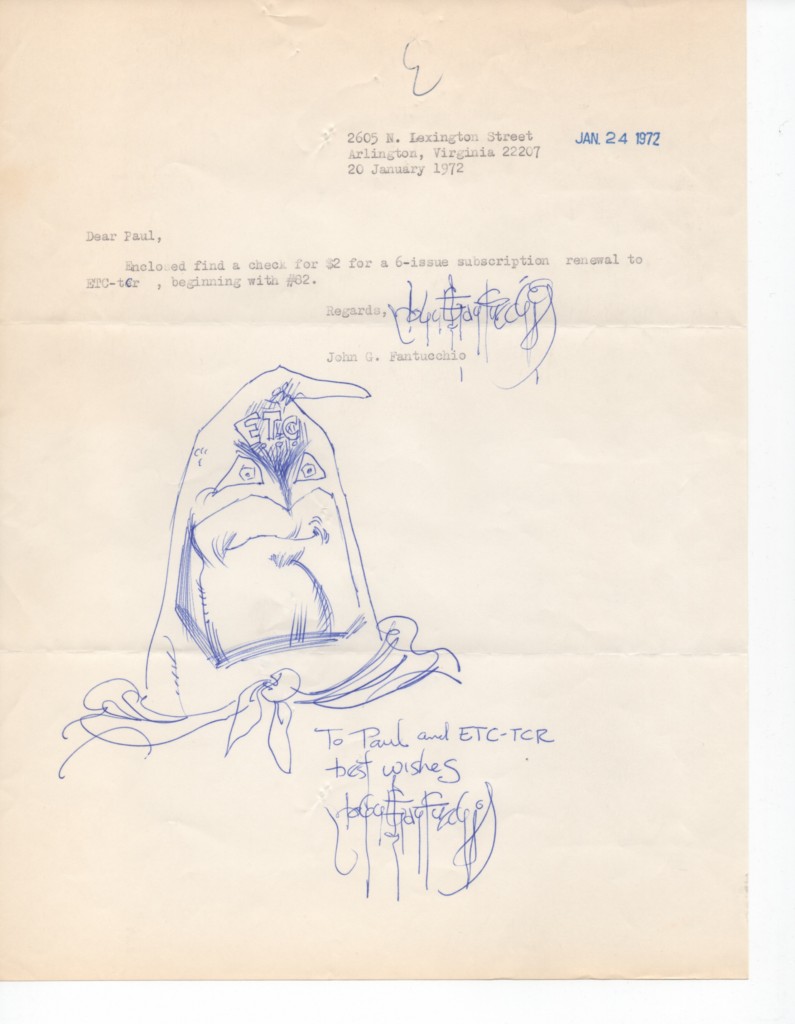
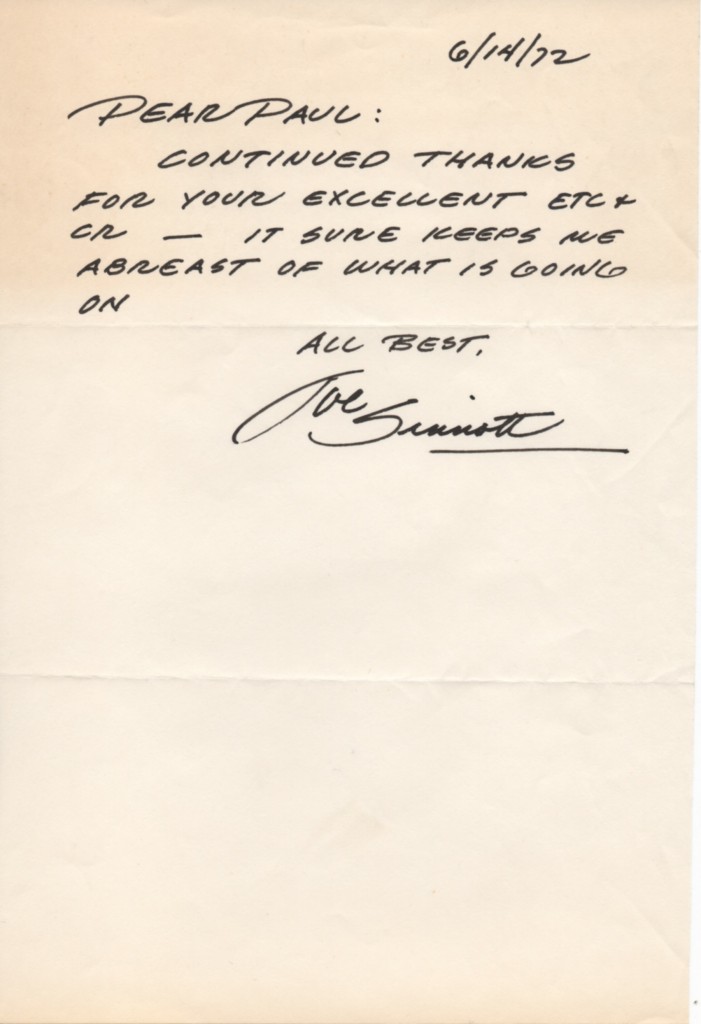
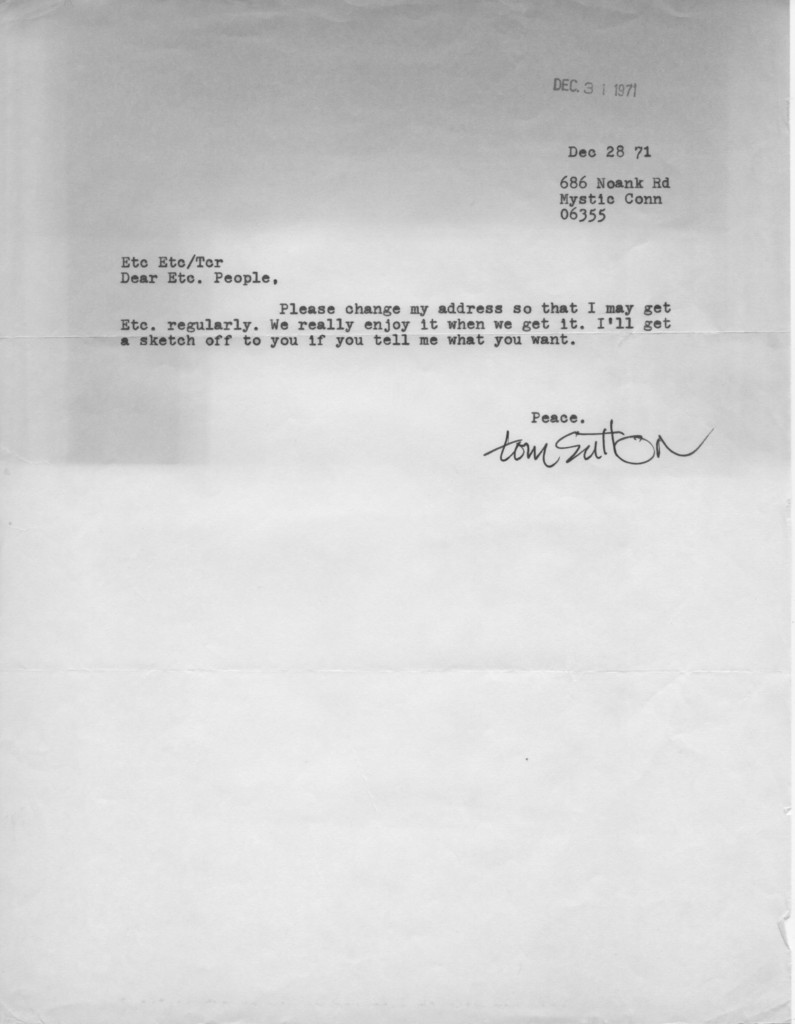
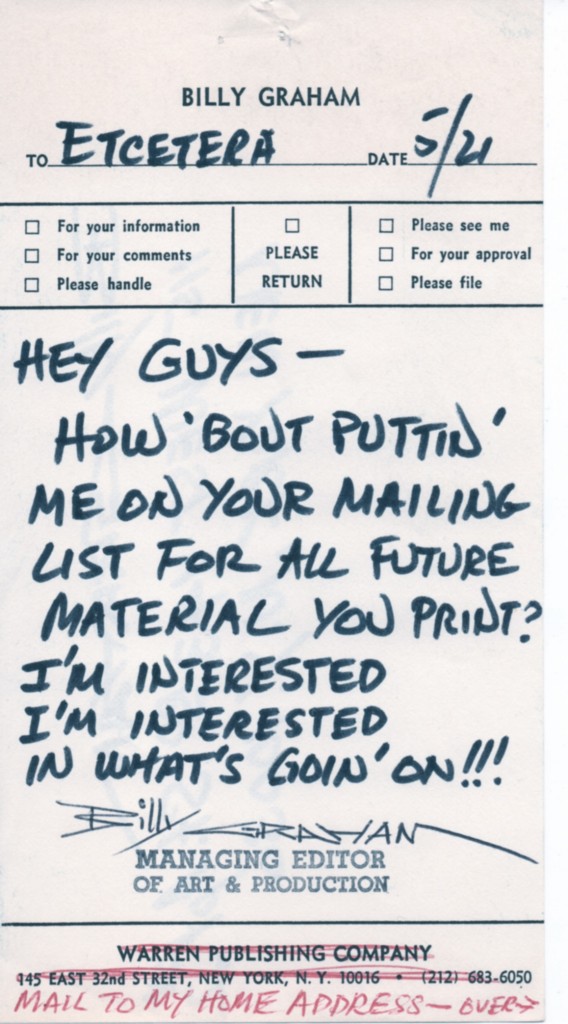
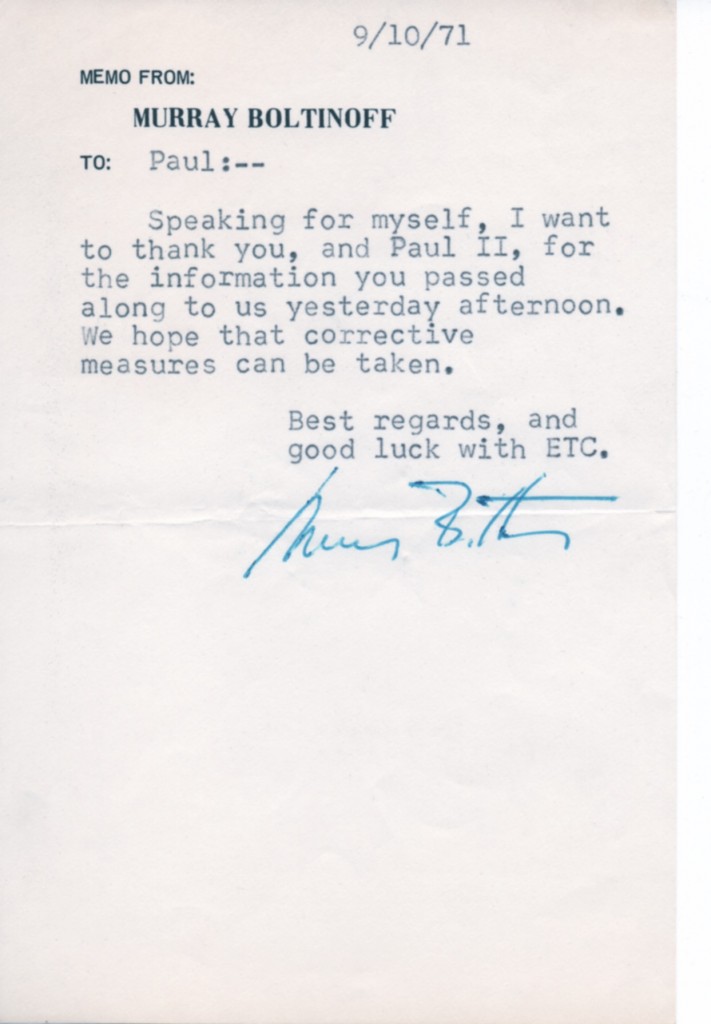
Recent Comments